






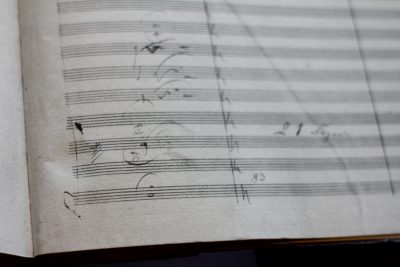







Belshazzar’s Feast by Sir William Walton
choir, organ and percussion (2 players) by David Briggs and Adrian Bending.
Following the World Premiere in March 2024 this new arrangement is to be published soon!






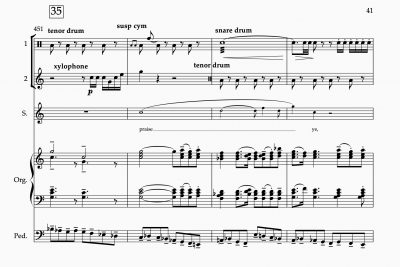


Welcome to my book! It is a collection of Bach chorales with their basslines specially adapted to be played on timpani. You can play along to the accompanying CD of professional recordings.
The book contains 28 Bach chorales, the timpani parts from Bohemian Rhapsody (from We Will Rock You) and No Change by All Bluff and Porterage, and some chapters on general timpani playing.
Look inside:


 Southern Percussion for United Kingdom
Southern Percussion for United Kingdom
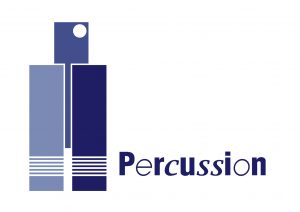 Brandt Percussion for mainland Europe
Brandt Percussion for mainland Europe


For each chorale I have written three or four different versions of increasing difficulty, ranging from a few downbeats and cadences to playing the full bassline throughout. For an explanation of the notation have a look at the ‘look inside’ feature above.
This easy example has just a few pedal changes (indicated by crossed note-heads). Although the notation shows you how to play the chorales on four timpani with ‘wedge-notes’ as the outer drums, most of them, such as this one, are easily playable on two or three drums.
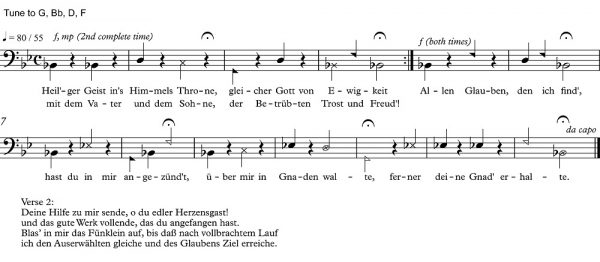 The last example of each chorale closely replicates the full Bach bassline. Some are easier than this, and some are a bit harder. Later examples don’t have crossed note-heads because there would be so many.
The last example of each chorale closely replicates the full Bach bassline. Some are easier than this, and some are a bit harder. Later examples don’t have crossed note-heads because there would be so many.
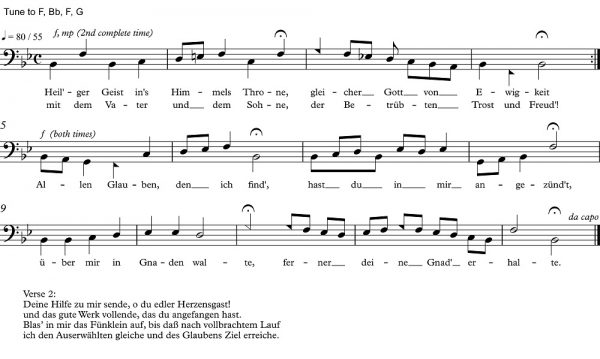 Faster chorales like this one have an additional slower track on the CD to play along to. Click on one of the buttons below to hear the slow and professional recordings of this chorale.
All proceeds from sales of this book are being donated to Cancer Research UK
Faster chorales like this one have an additional slower track on the CD to play along to. Click on one of the buttons below to hear the slow and professional recordings of this chorale.
All proceeds from sales of this book are being donated to Cancer Research UK


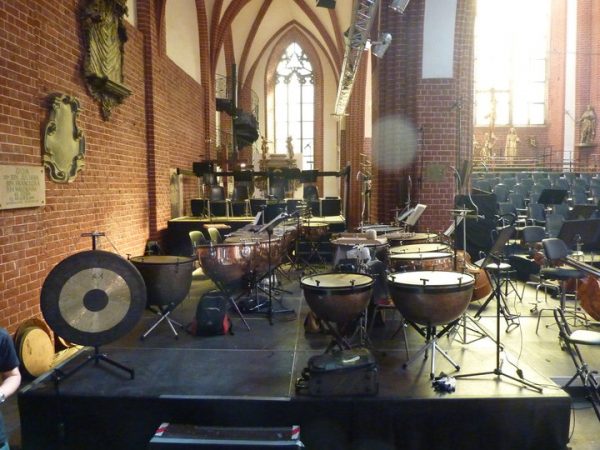
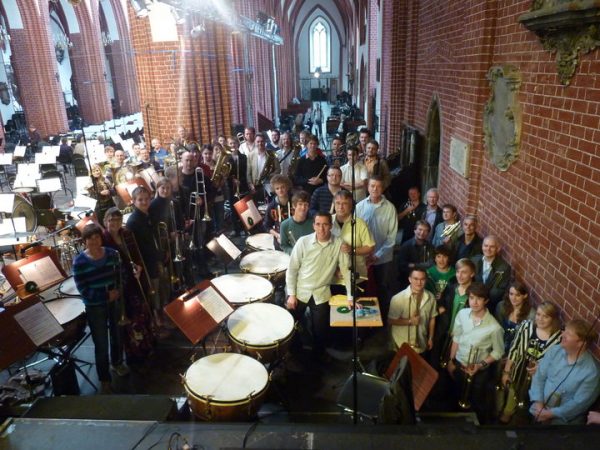

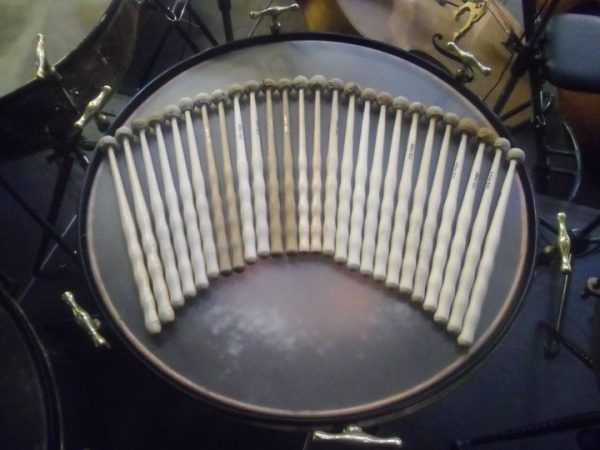












Sign up here to join my session on Sunday for tips and tricks for the tambourine for all ability levels!











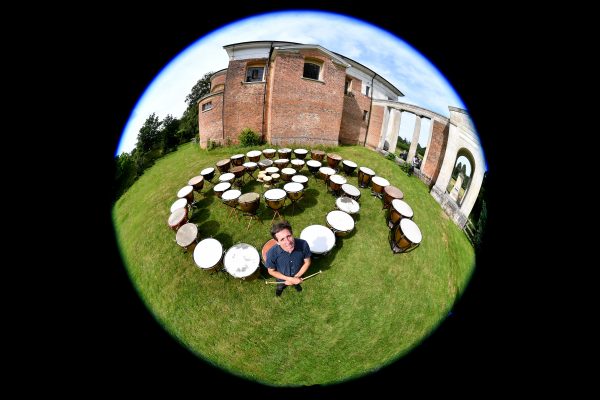


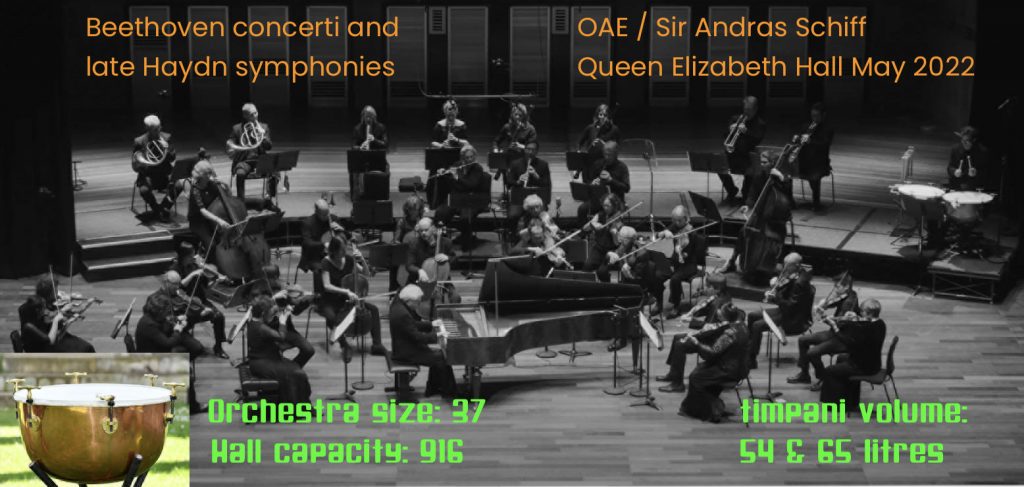
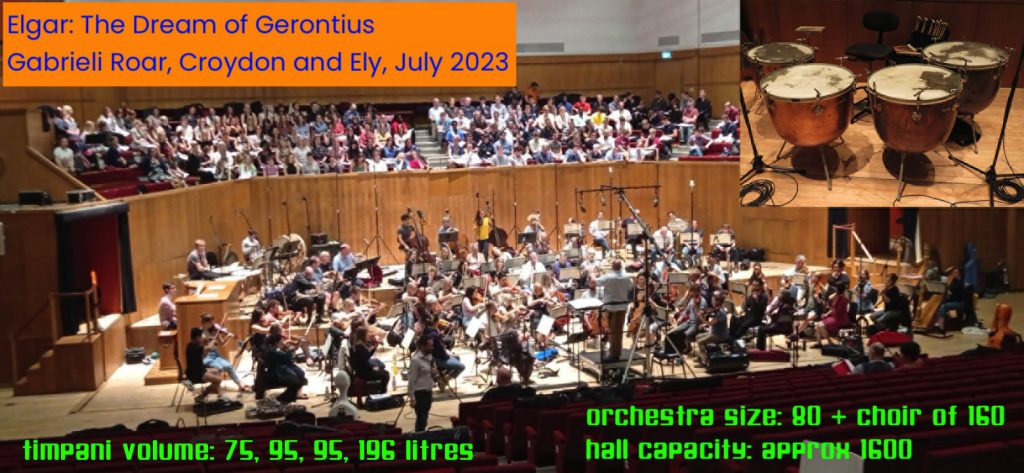
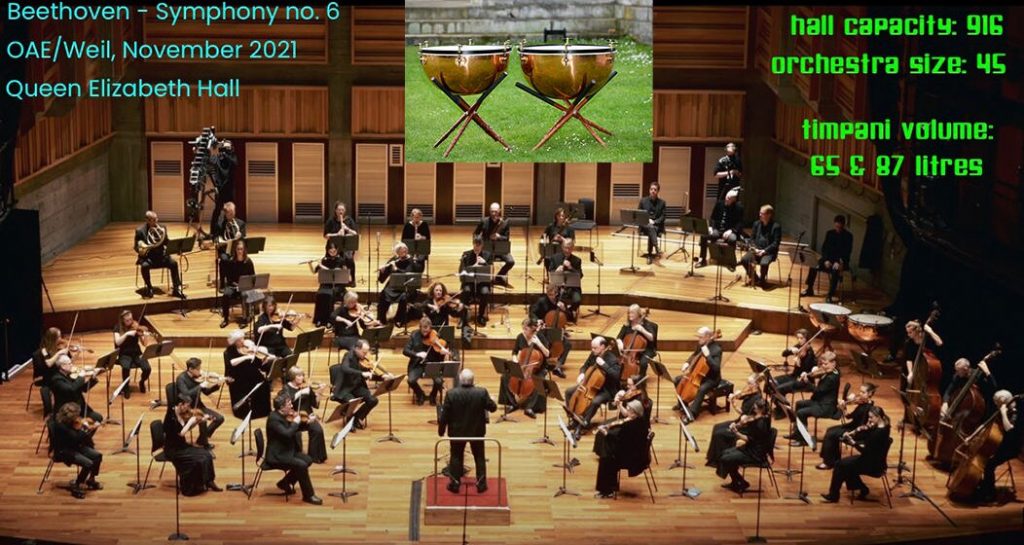
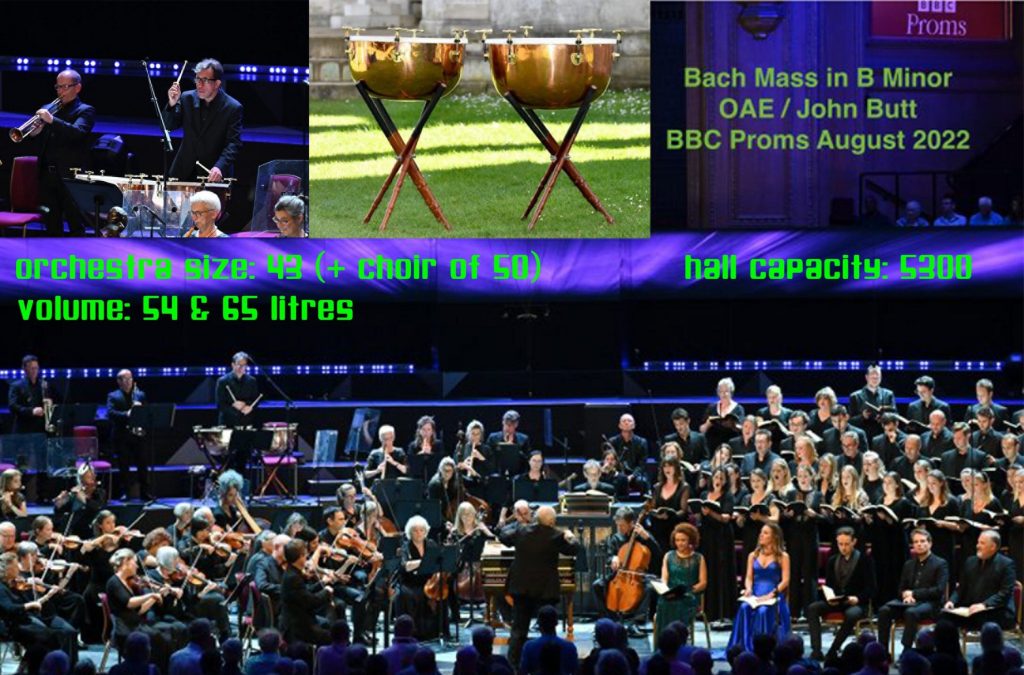

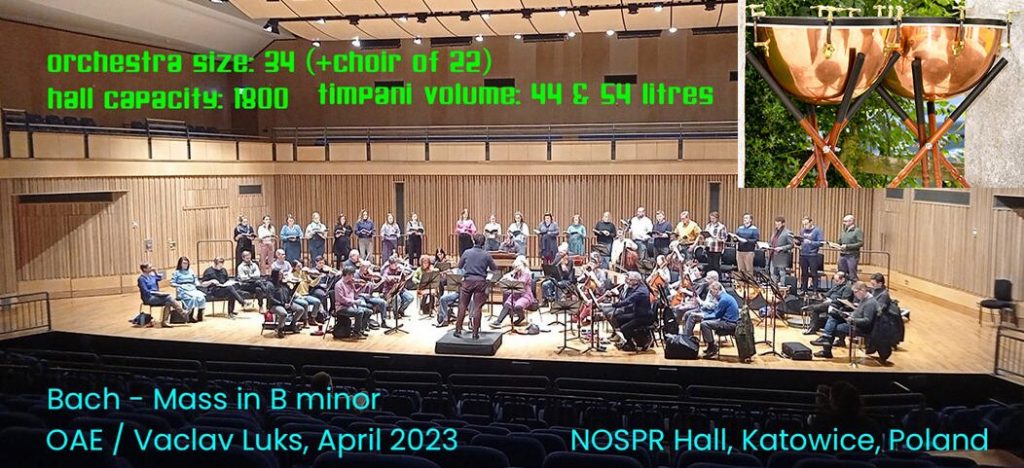
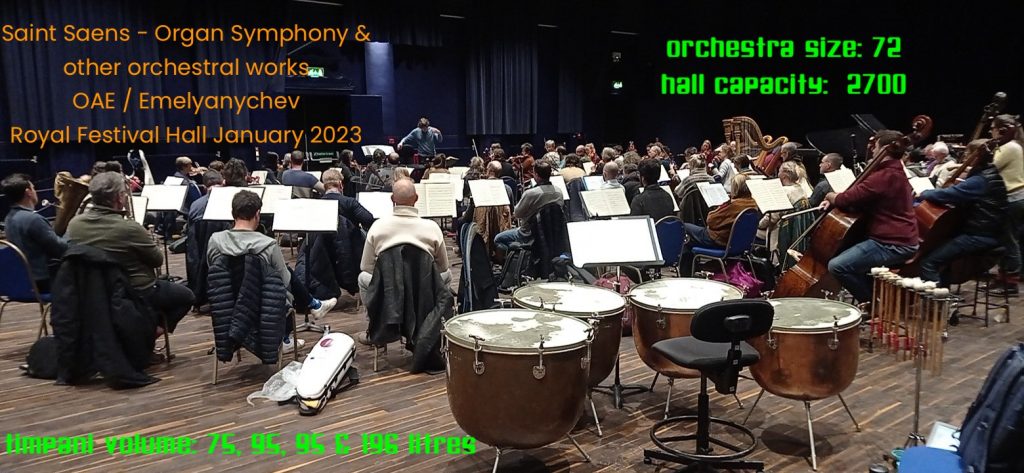
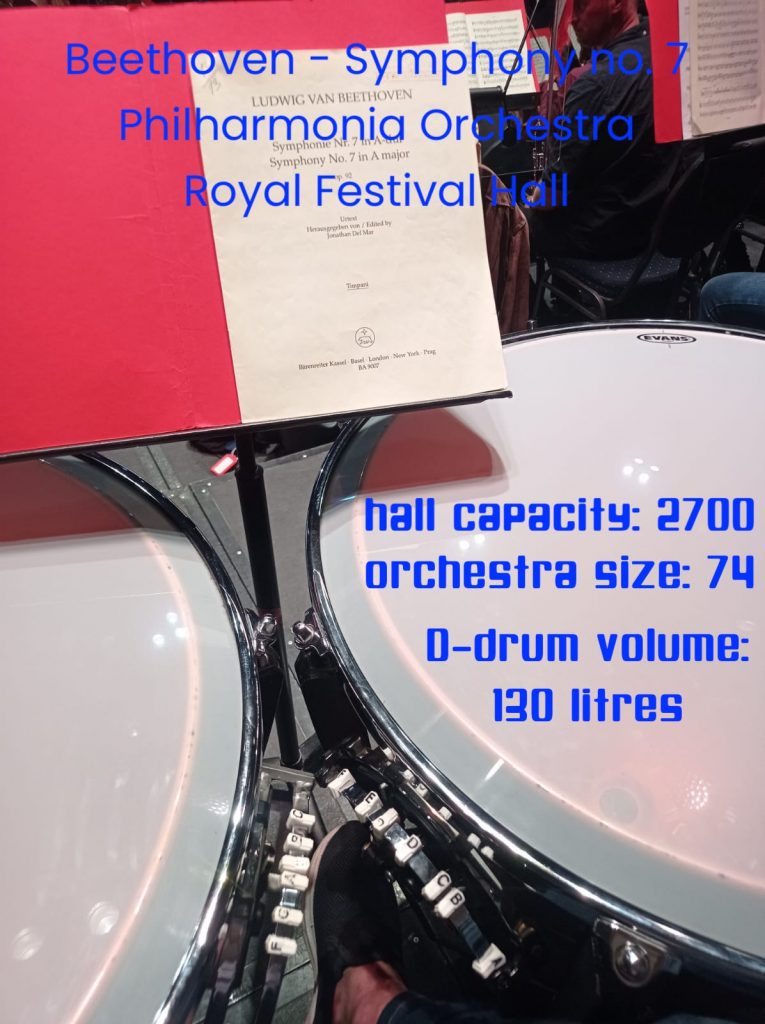

I’d experimented with taking timpani on the train. And although accessibility on public transport has become much better, I still needed a vehicle to get the drums from my home to the station. After that it definitely worked but it seemed to be a lot of lugging around of heavy things when there was a better solution awaiting….
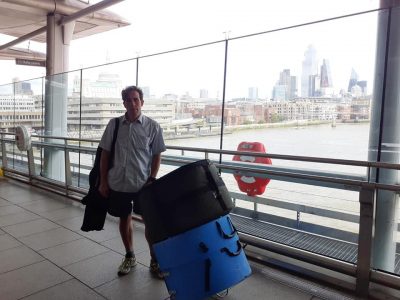
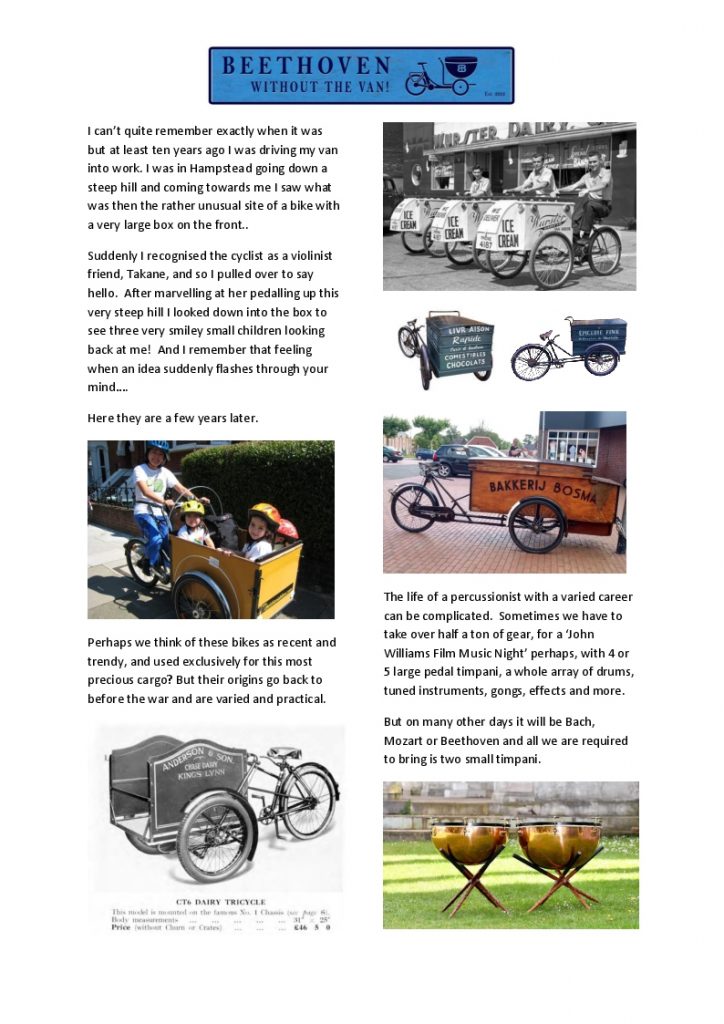
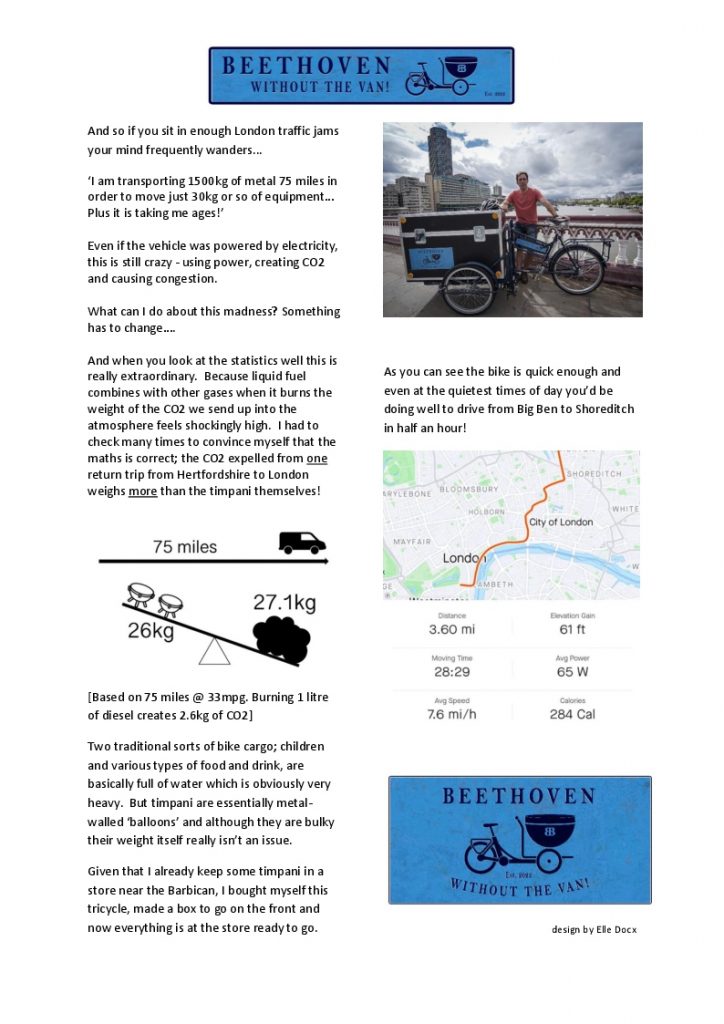
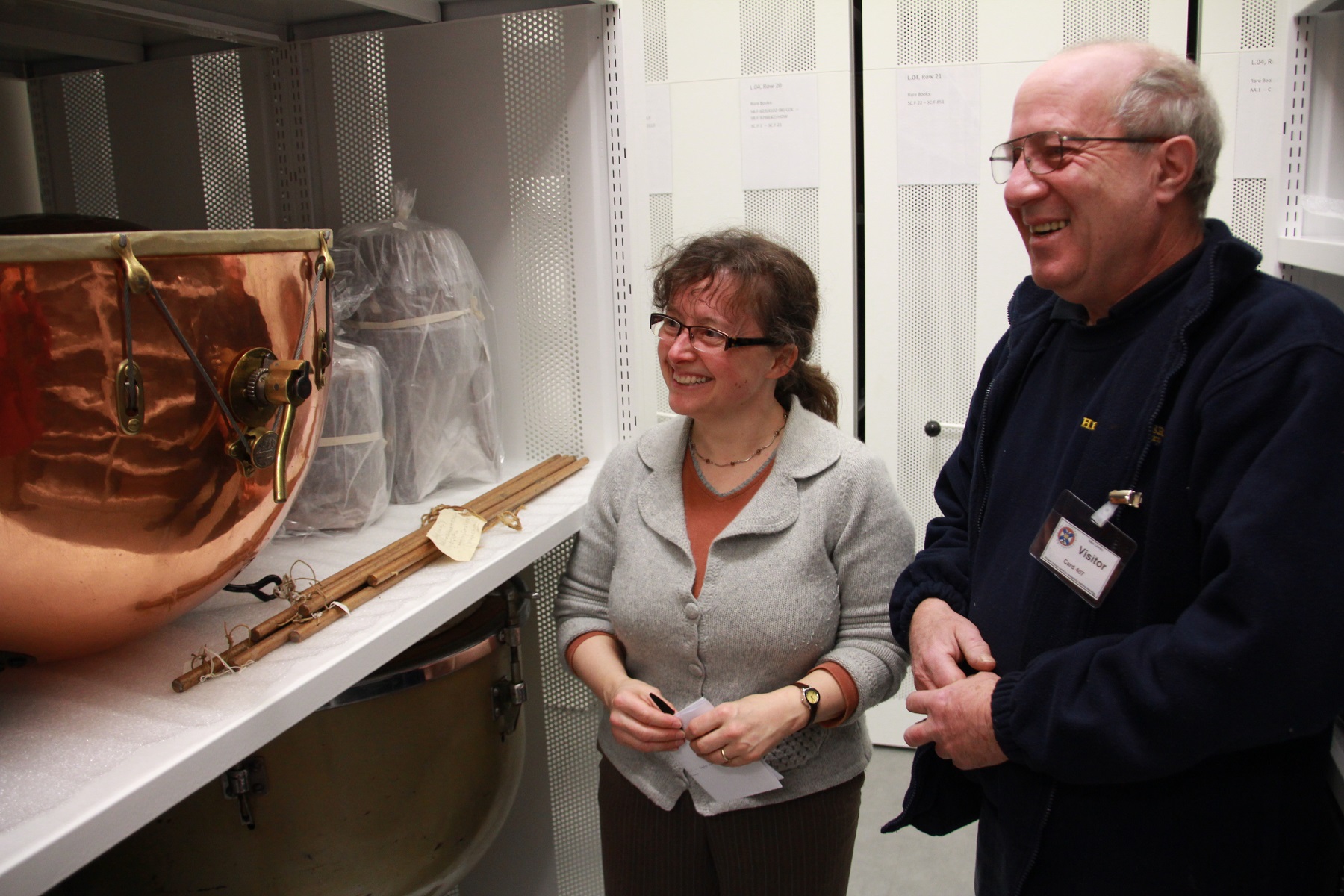
Pete Woods and I visited Edinburgh University Instrument Museum. They have an enormous collection, including some weird and wonderful timpani and percussion instruments, the like of which we had never seen before. We are very grateful to the Curator, Dr Jenny Nex, for showing us around. Both drums below were made by George Potter, we estimate at the end of the 1800s. We suspect that their tuning mechanisms, although beautifully engineered and manufactured, actually weren’t that successful due to the difficulty of spreading the tension evenly all the way around the drum. Hence these types of designs fell out of fashion quite quickly.
Cases for large hand-tuned / belt timpani


3 sizes are available:
Large: 104cm x 104cm x 80cm, for timpani up to 29″/30″ including Lefima 29″ belt timpani
Medium: 98cm x 98cm x 74cm, for timpani up to 26″/27″ including Lefima 26″ belt timpani
Small: 96cm x 95cm x 72cm, for timpani up to 23″/24″ including Lefima 23″ belt timpani
Hardcase bass drum cases for timpani

3 sizes are available:
HN26B, here in red, is 95cm x 45cm, weight 31kg, for timpani 25″ – 27.5″.
HN24B, here in green, 88cm x 45cm, weight 30kg, for timpani 23″ – 25″
HN22B, not shown, is 79cm x 45cm, weight 28kg, for timpani 20″-23″
Some of the cases have 4 extra wheels. All of them have two built in wheels
Stands can be transported in lightweight Le Blond boxes. This one, for up to three stands, has dimensions of 97cm long x 40 wide x 13 deep and weighs around 15kg.



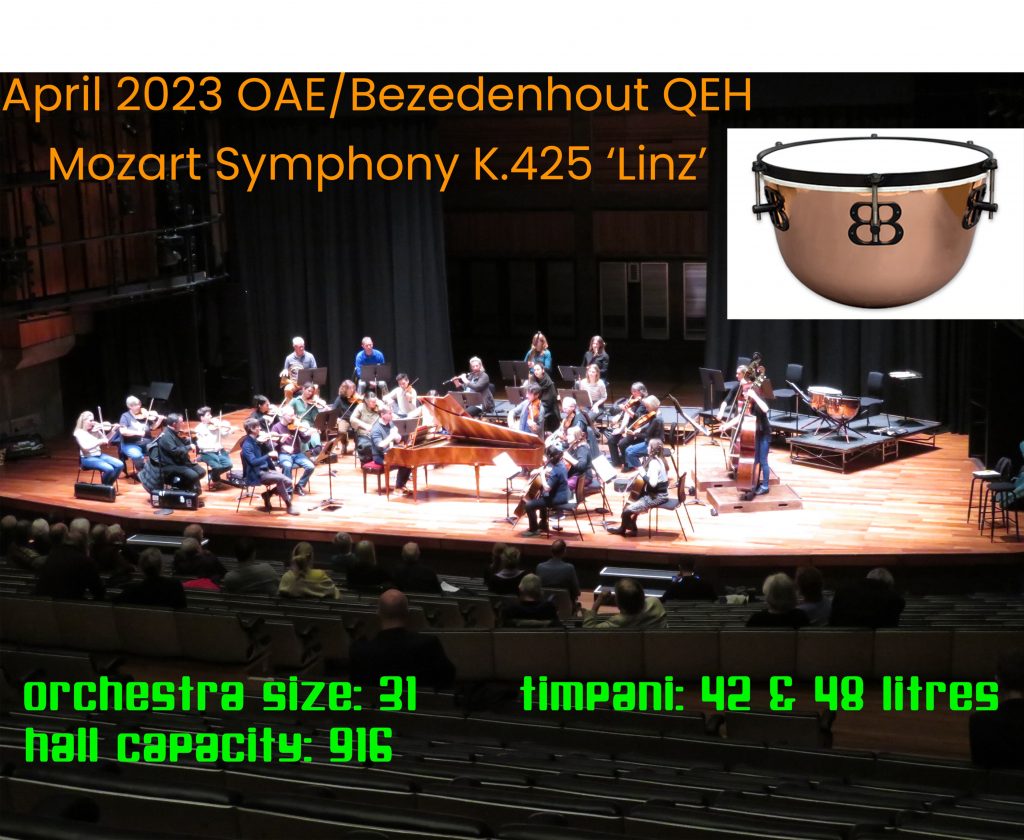


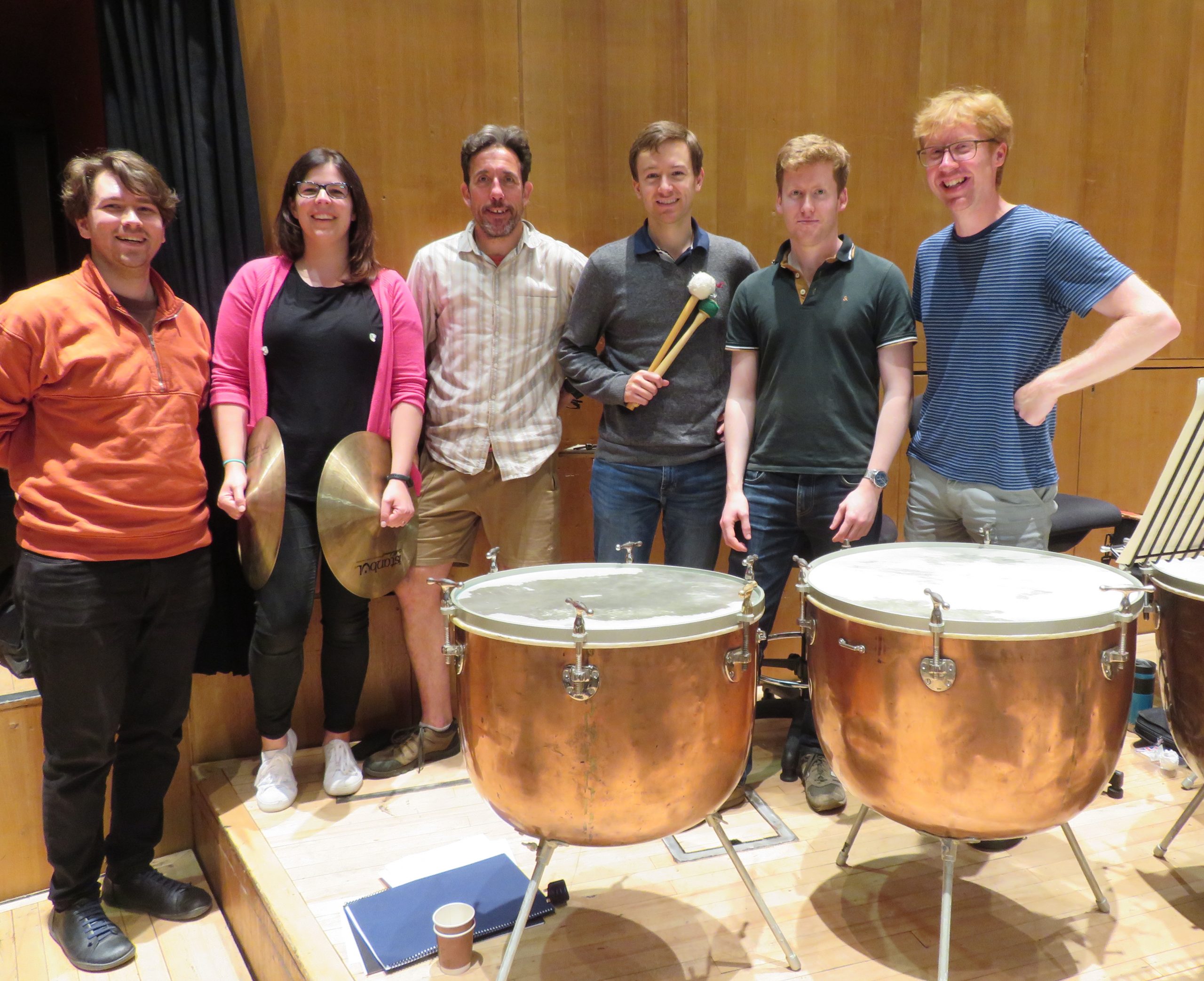
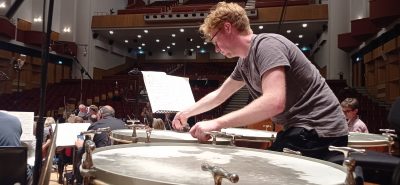
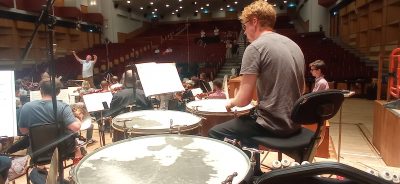
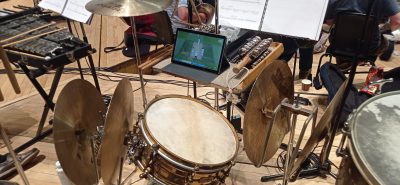
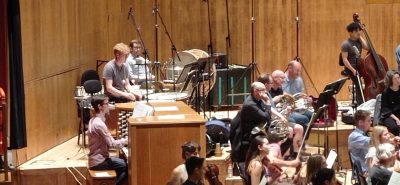
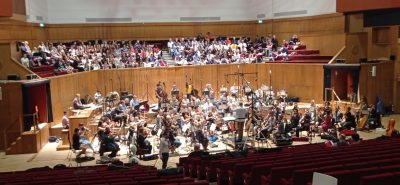
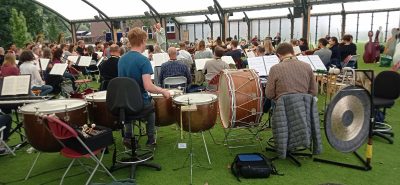
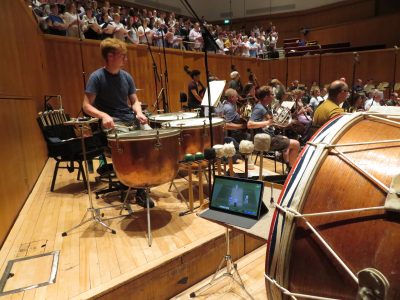
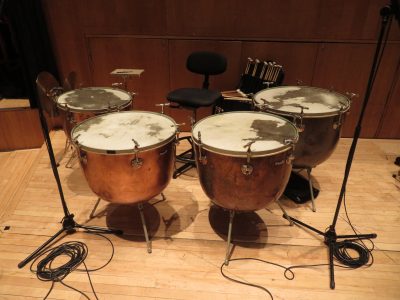
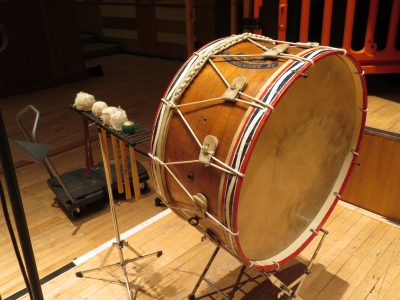

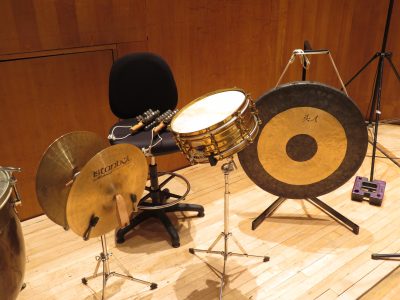
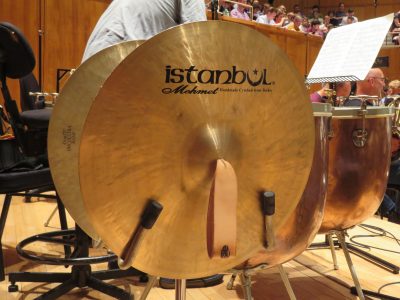



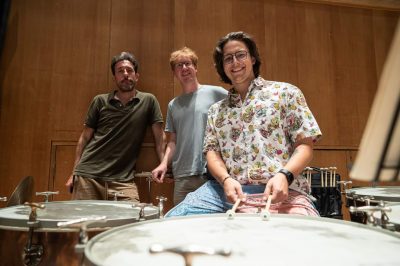
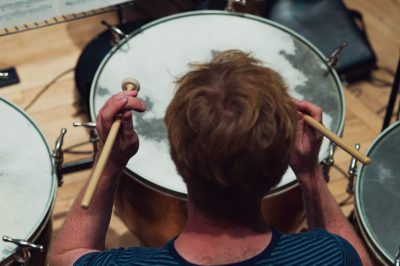
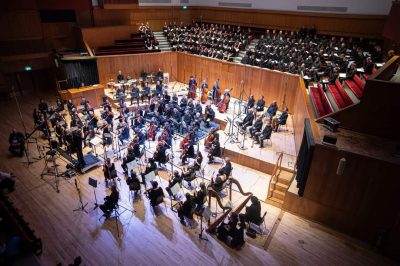
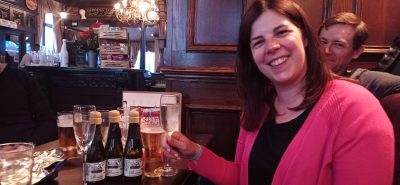
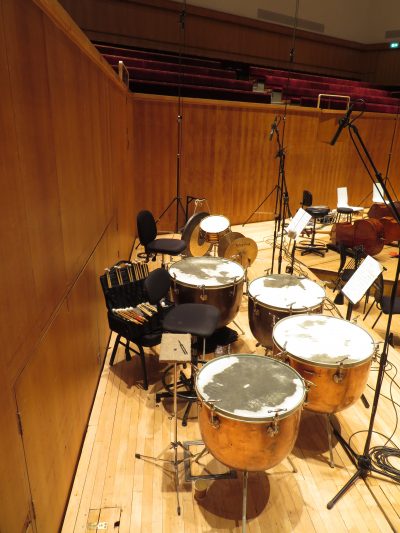
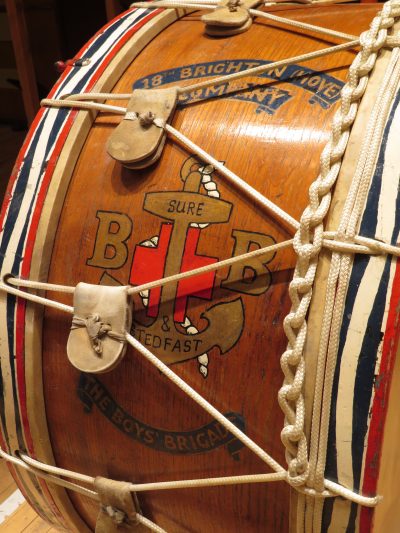
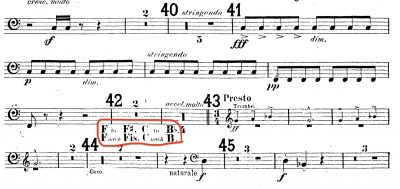
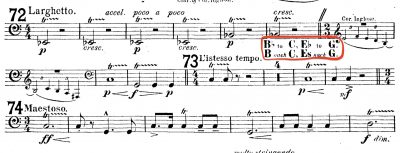

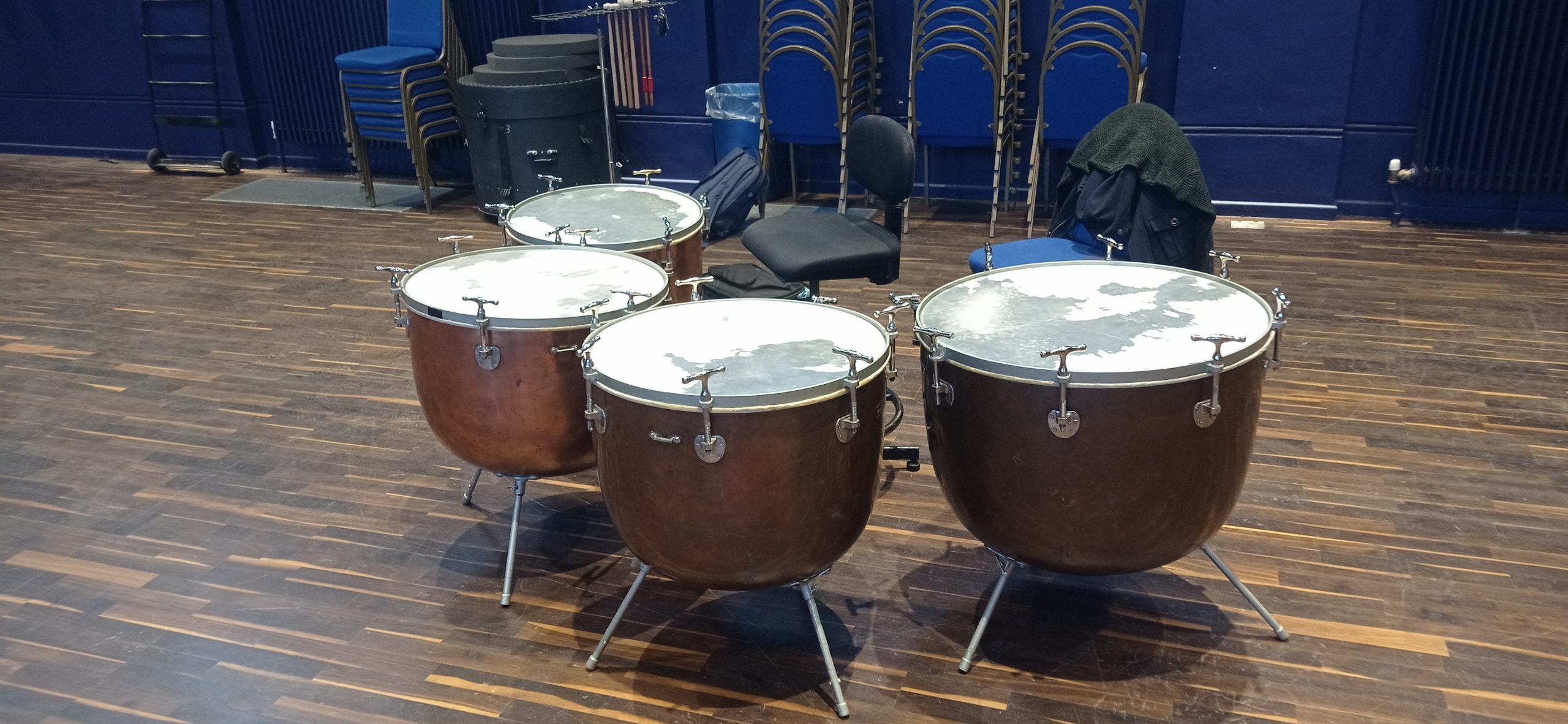
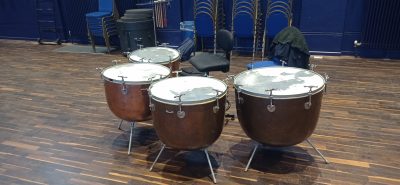
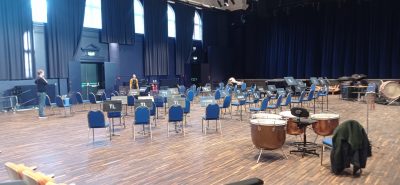
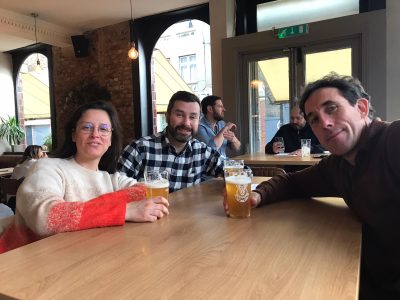
with our extra timpanists for ‘Phaeton’ Florie Fazio and Tom Hunter
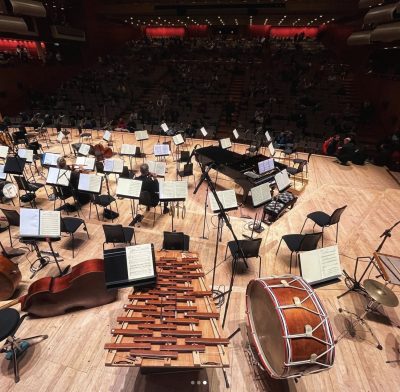
And the debut of my strohfiedel!
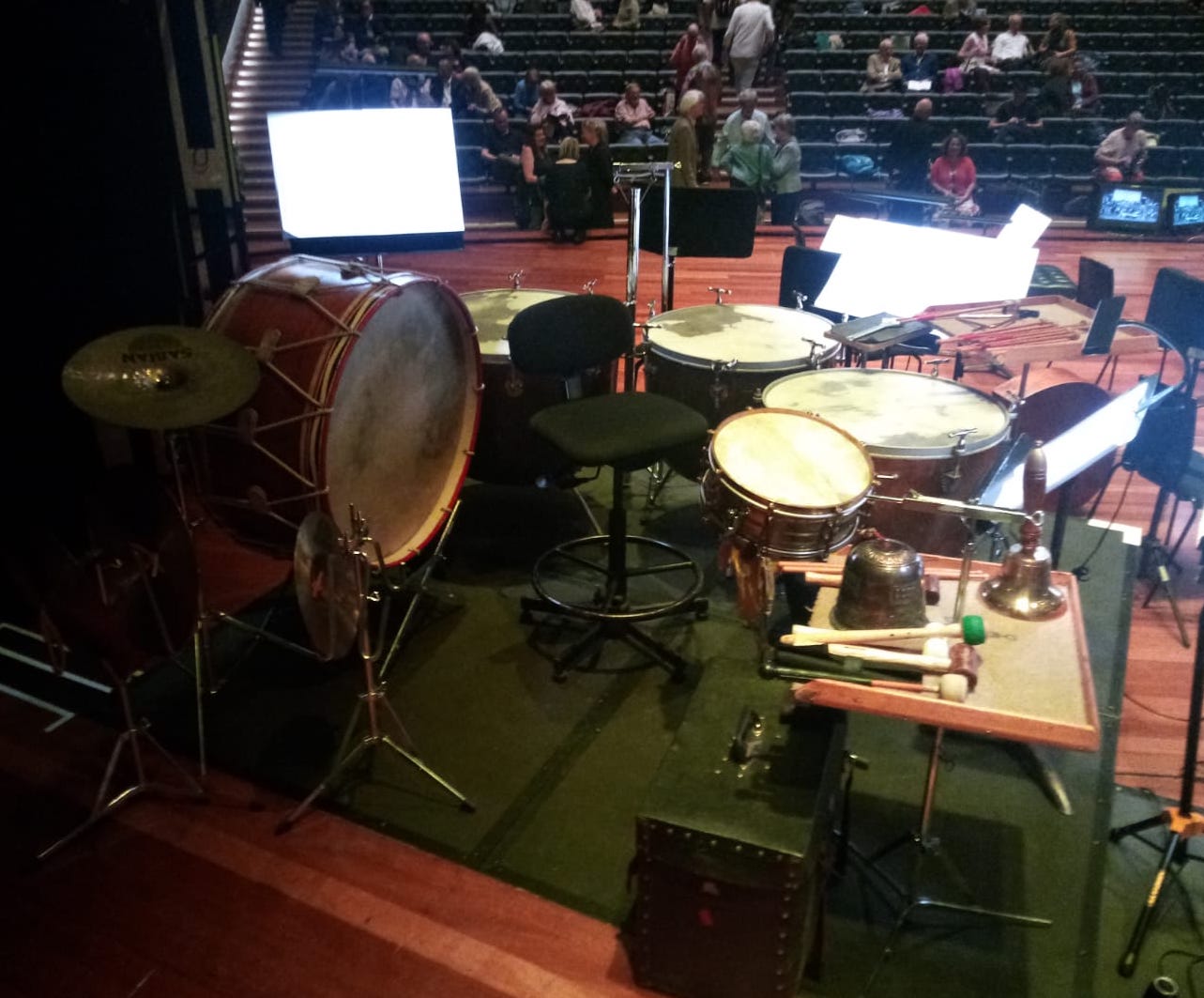
Performances 7-8 June 2023 at Queen Elizabeth Hall, London.
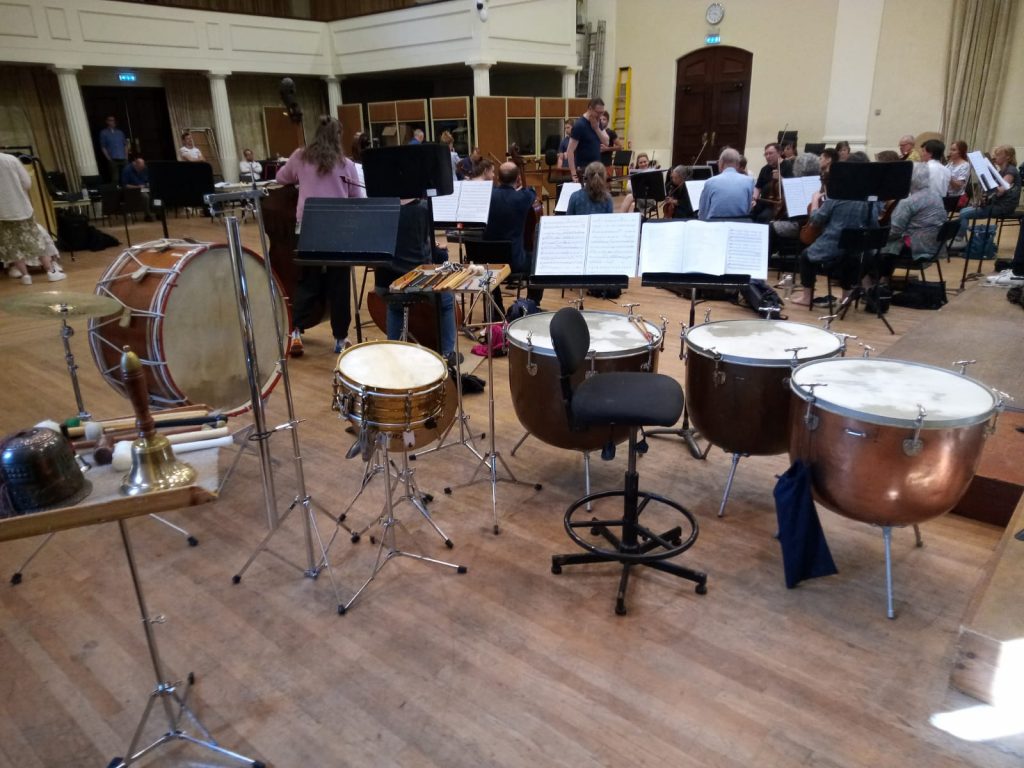
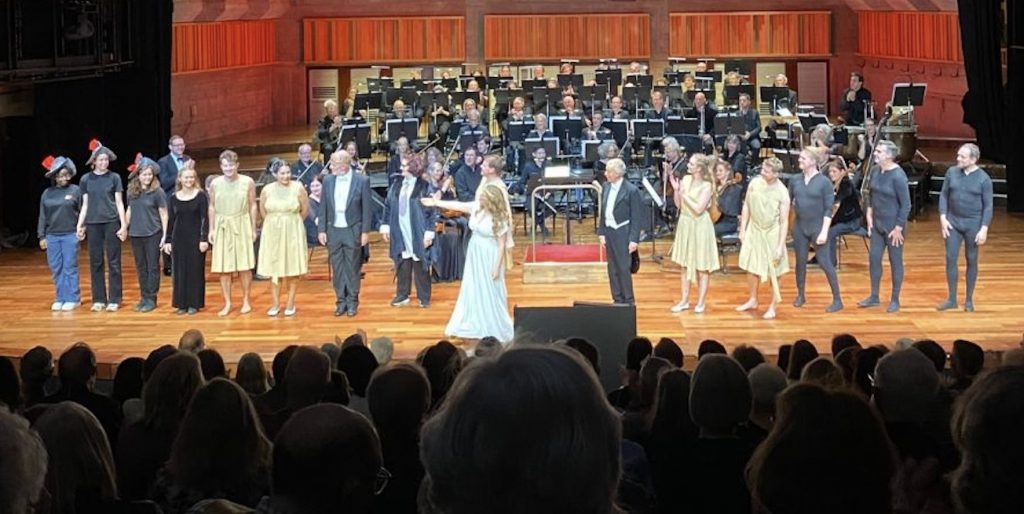







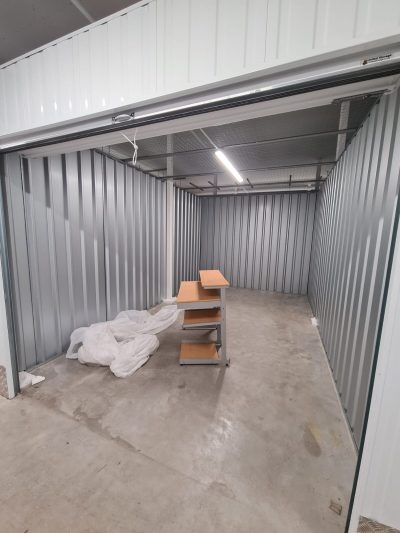
Shurgard, Purley Way, Croydon (oppostie IKEA)
Ground floor. 160 square feet. £200/month (inc. £10k insurance). Access hours 0600-2300
contact Miranda Allen mirandasallen17@gmail.com

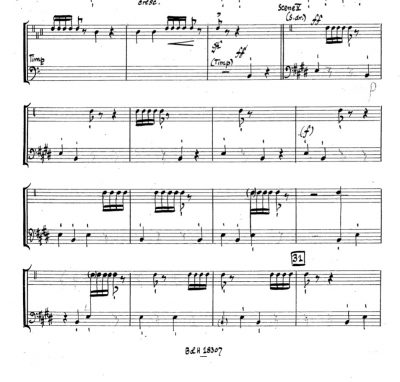
Turn of the Screw page 1
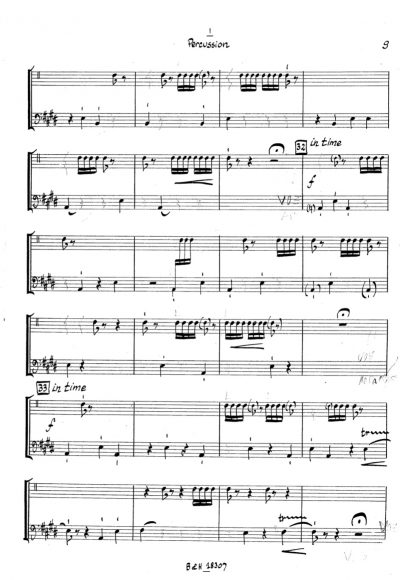
Turn of the Screw page 2
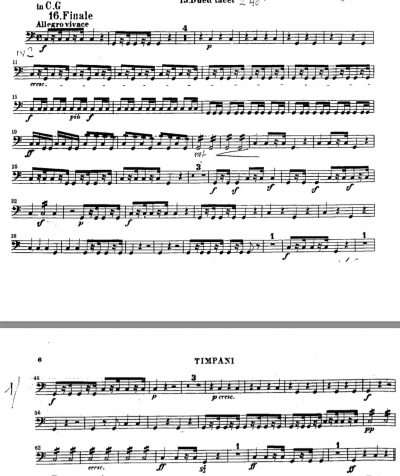
Fidelio
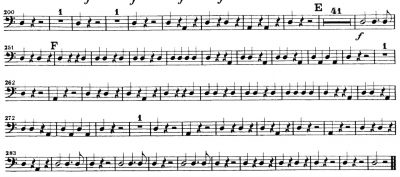
Figaro Overture
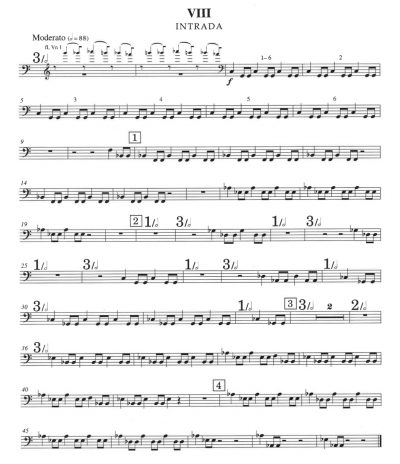
Janacek ‘Intrada’
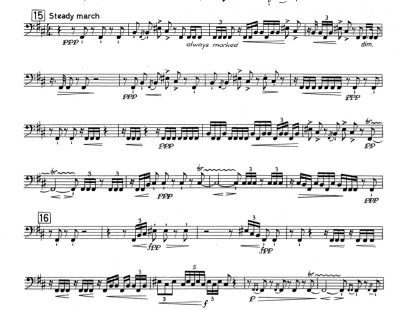
Nocturne p1
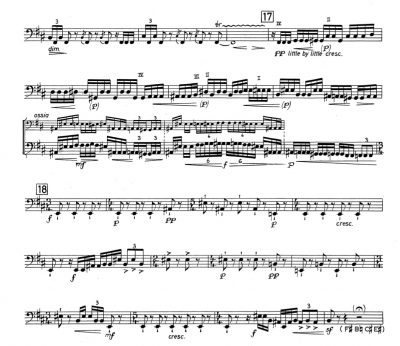
Nocturne p2
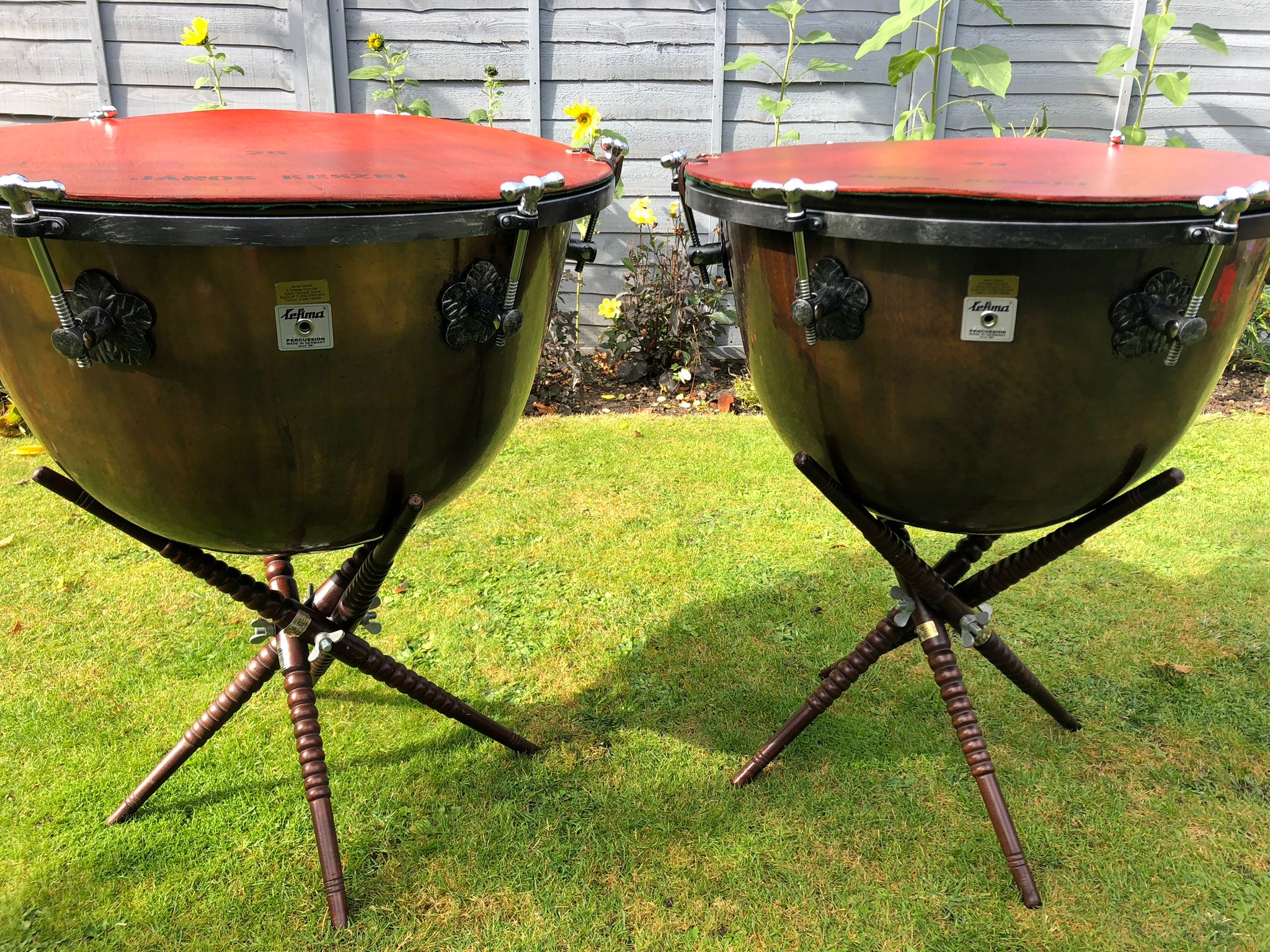
THESE DRUMS ARE NOW SOLD
A pair of Lefima hand-tuned timpani. Sizes 23″ & 25″. Lefima wooden trestles included
These drums were previously owned by Janos Keszei
Offers in the region of £4000
Contact Dan Gresson +44 (0)7973 120165
Located in Ashtead, Surrey
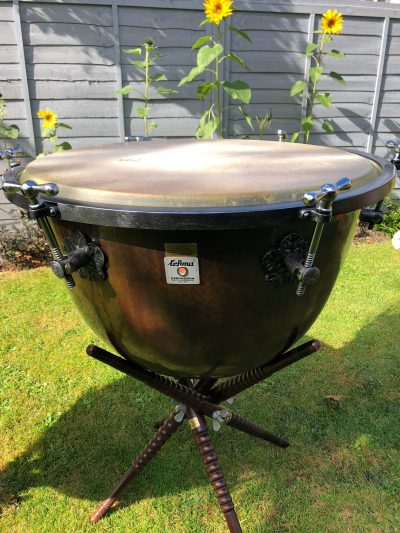
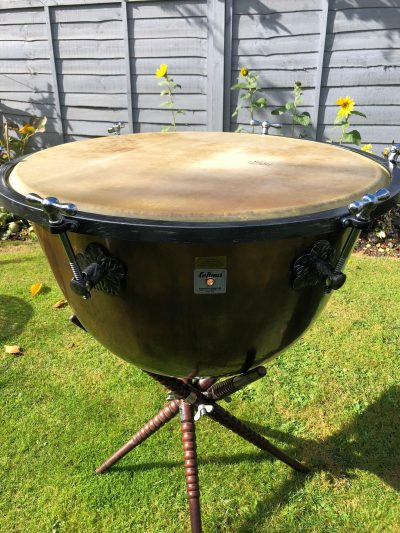
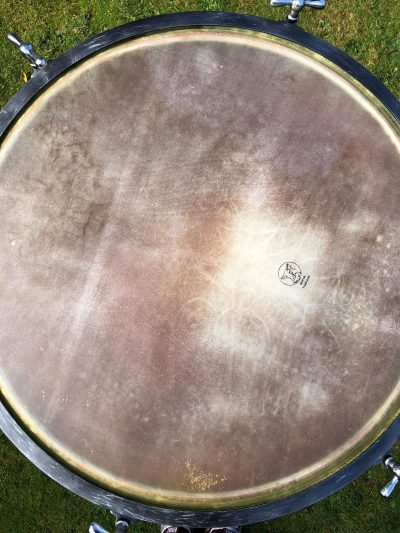
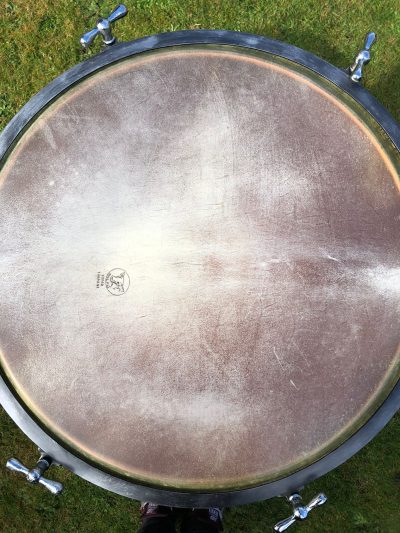
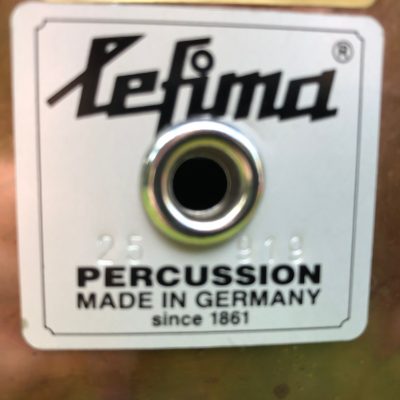
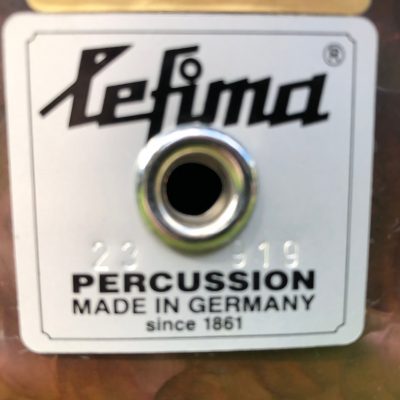
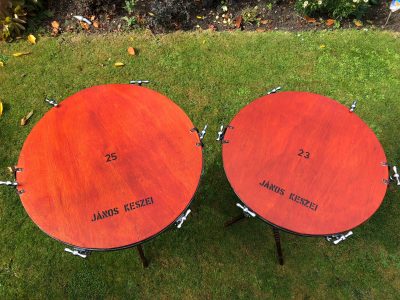
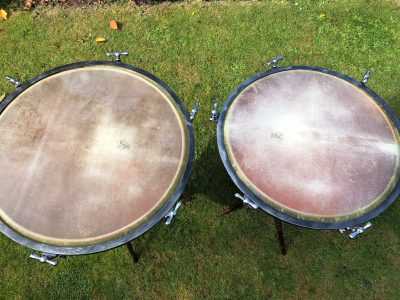
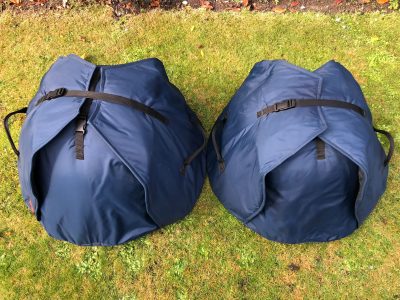
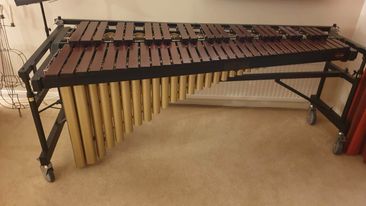
Yamaha 4.5 Octave Intermediate Acoustalon Multi-Frame II Marimba
Practice instrument so hardly ever dismantled hence in immaculate condition
Offers in the region of £3000
Contact Tom Pritchard +31643813134 or Sarah Heartfield +44 (0)7876 345872
Located in Manchester or Yorkshire
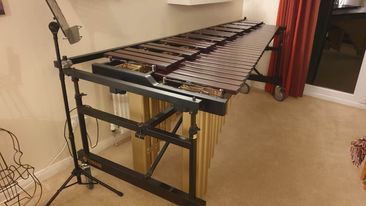
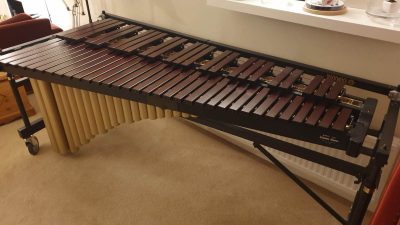

25″ & 28″ Ludwig Universal timpani
With discs and covers
Offers in the region of £2200
Contact Liz Barker liz_thebiz@hotmail.com
Located in Hook, Hampshire







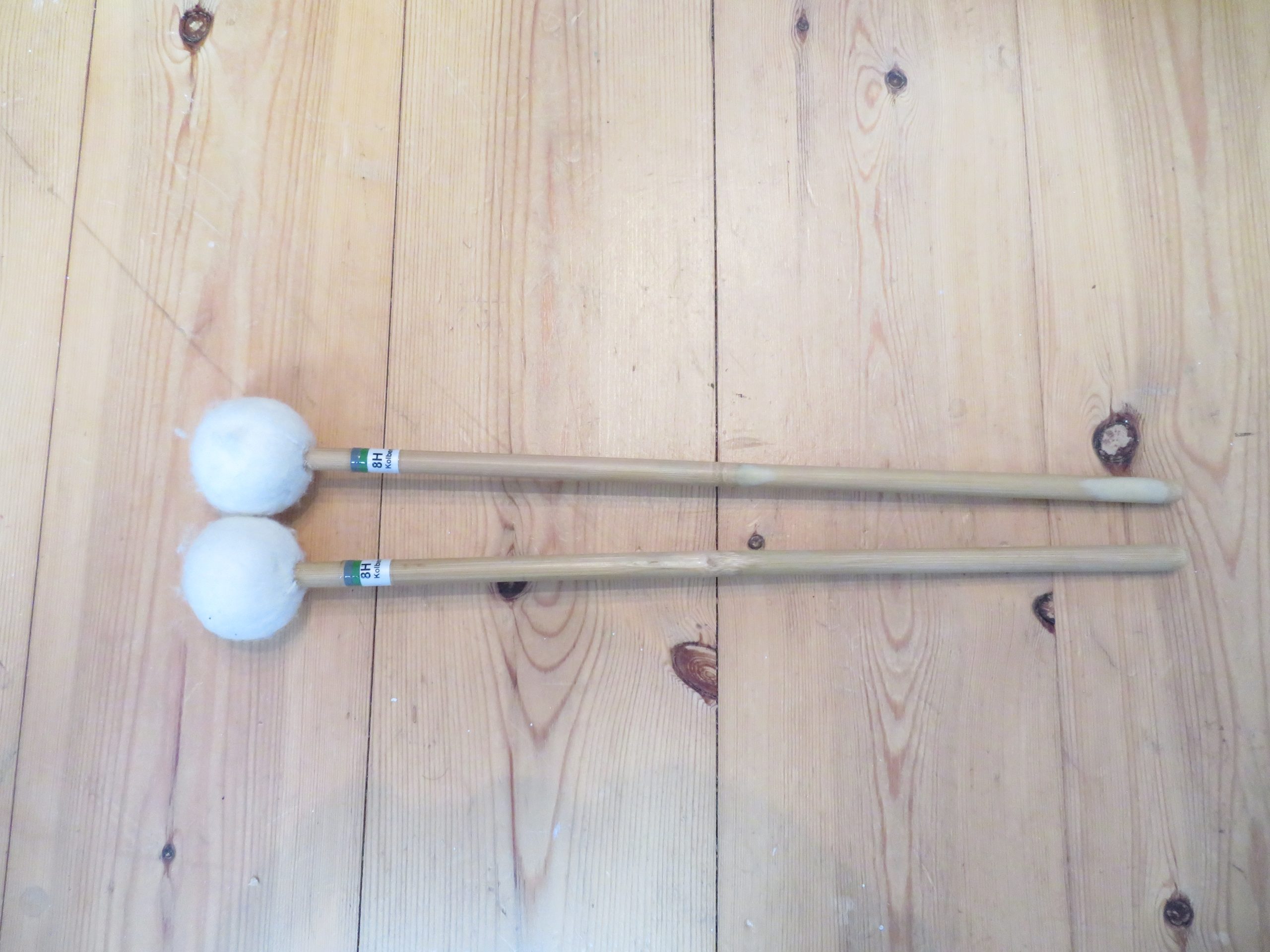
These sticks are all ‘as new’. Please contact Adrian Bending mail@adrianbending.com. Try before you buy if near London, otherwise postage charges apply. Each pair is £100 inc. VAT.

8H

20H4
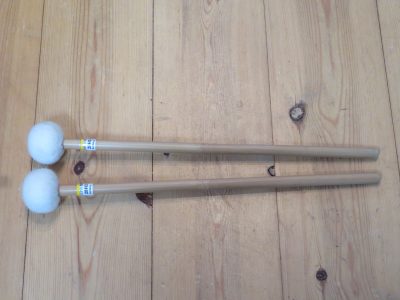
28H3

24H4

26H4

26H3

24H3

22H3

24H2
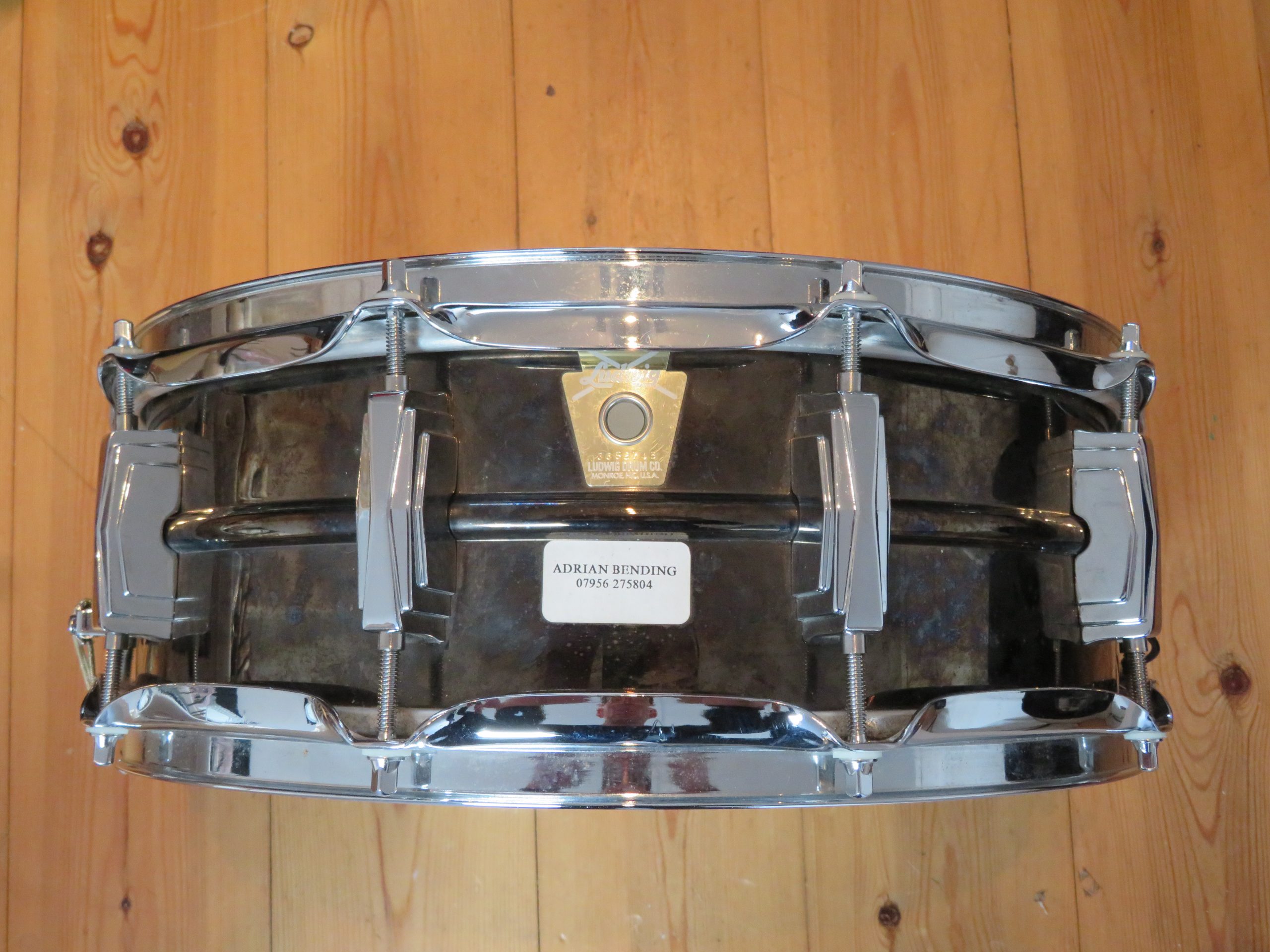
14″ x 5.5″. Immaculate condition. Grover snare mechanism added. Silk and wire snares.
Contact Adrian Bending mail@adrianbending.com
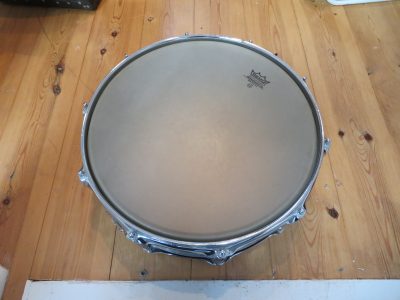

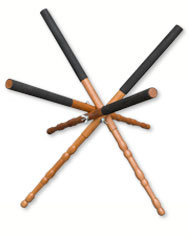
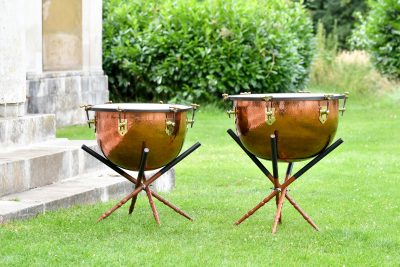
Timpani stands. Length approx 90cm. These stands are capable of huge height differences and are therefore suitable for seated or standing playing with all kinds of timpani. Sapele wood with rubber covering.
£100 each. Contact Adrian Bending mail@adrianbending.com
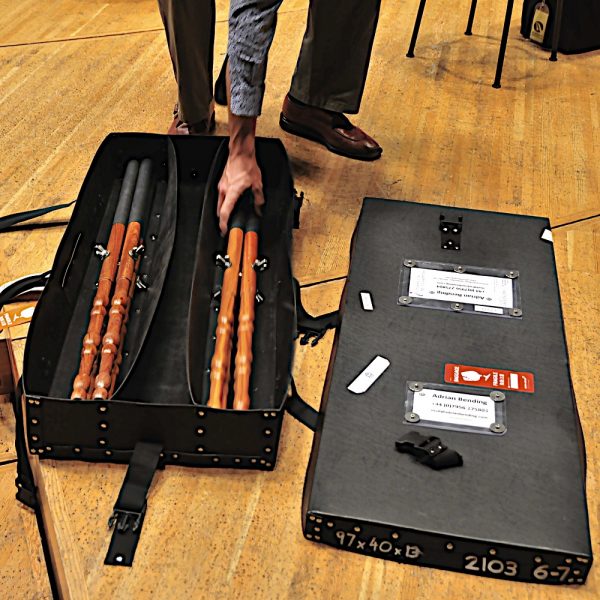
Le Blond cases for 2, 3 or 4 stands are in stock, from £50. Please contact me for options and prices.
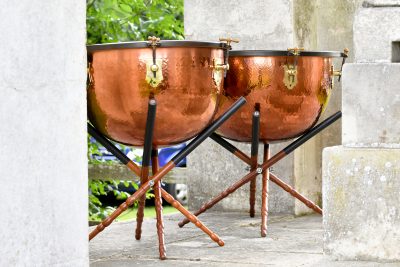
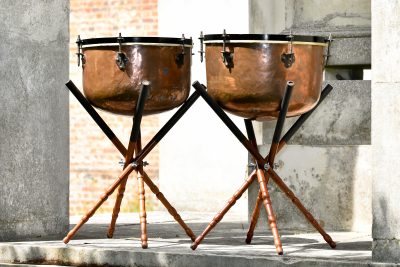
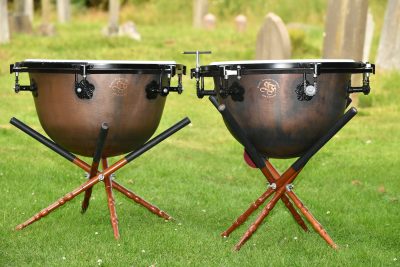
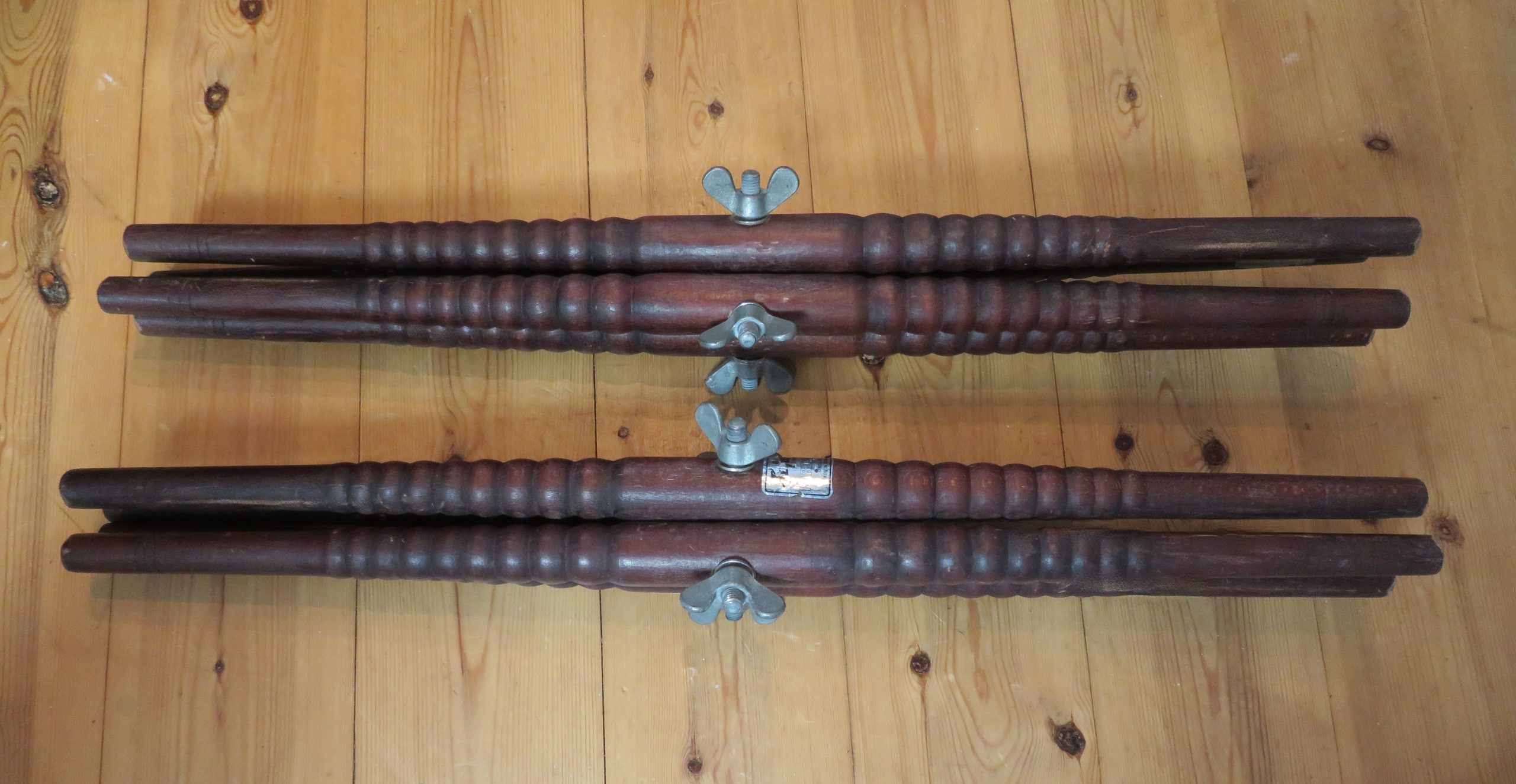
Short Lefima timpani stands. Suitable for seated playing only. Some usage marks on the wood. £150 inc VAT
Contact Adrian Bending mail@adrianbending.com
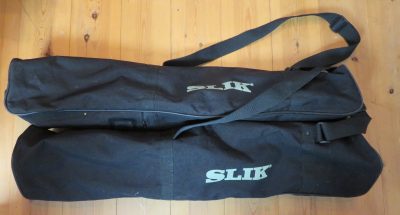
Bags for timpani stands. £25 inc VAT.
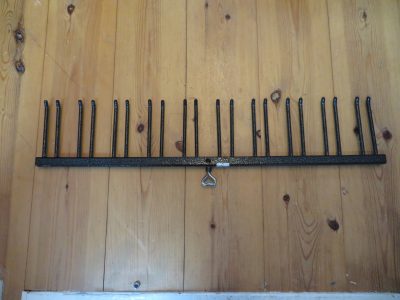
As new. Holder for 10 pairs of sticks. Also fixes to any standard cymbal stand. £120 inc. VAT. Contact Adrian Bending mail@adrianbending.com
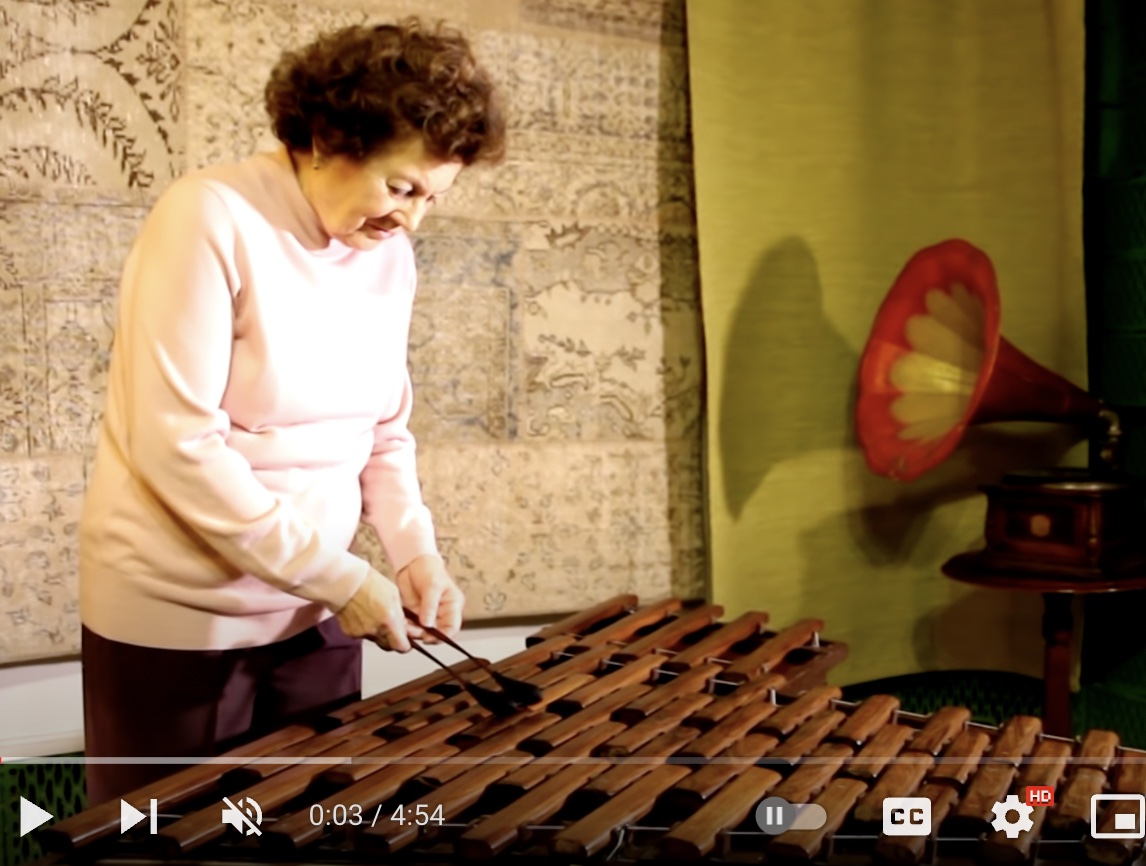
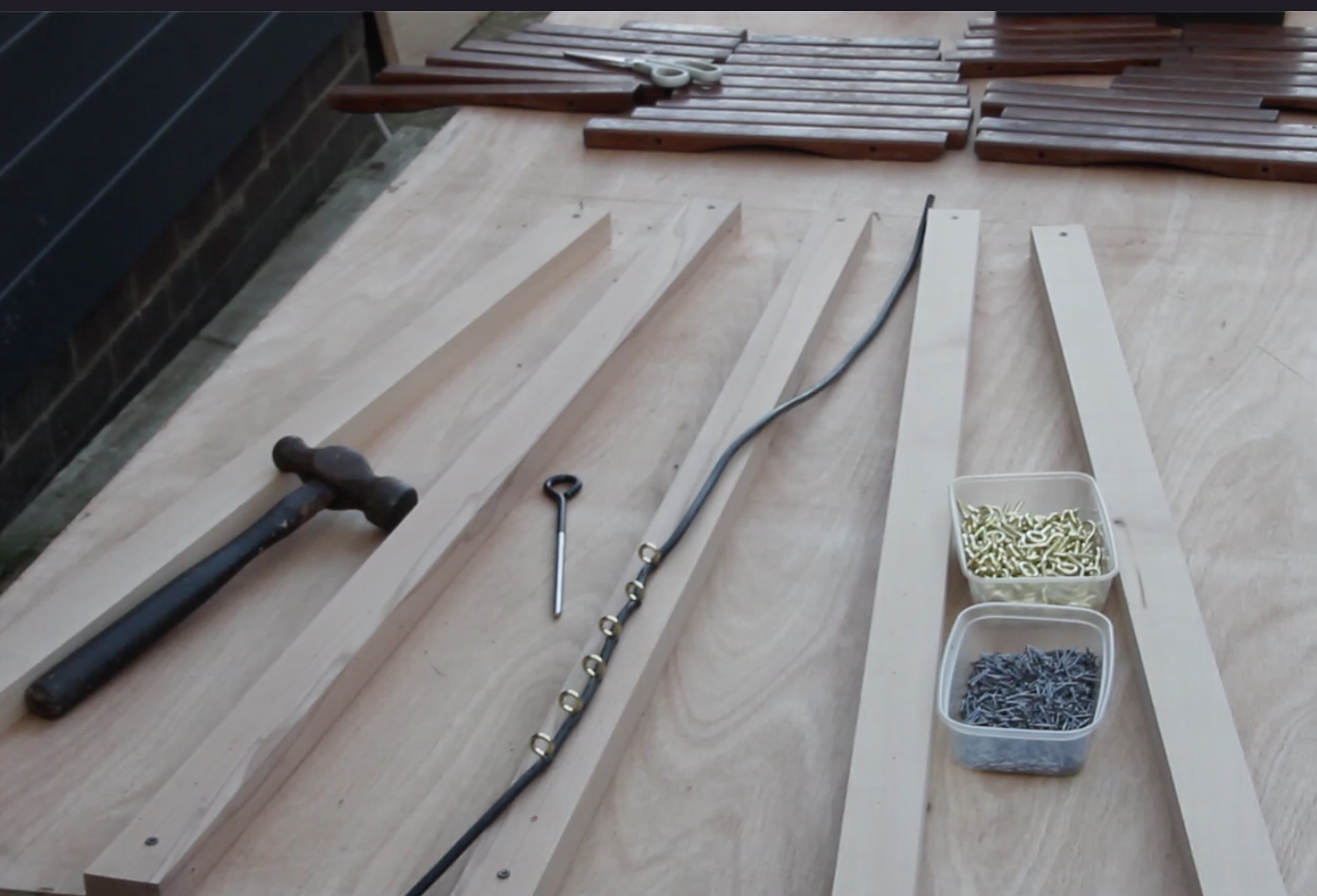
Huge thanks are due to Pete Woods of www.henrypotter.co.uk for his advice and guidance with this project. Without this I am sure mistakes would have been made resulting in a less successful instrument!

I salvaged some notes from an old Leedy xylophone where the frame had broken beyond repair. We believe the notes are Honduras Rosewood. This wood could be 150 years old. The xylophone was probably made before 1930 and the wood would likely have been stored for many decades before it was decided what to make with it.

The first job is to establish which notes go in which rows.


The positions are marked for the eyelets that take the string.

It is very important that the notes are kept parallel and equally spaced.

At this point the beech strips that the notes rest on can be fixed in position. Thanks to www.timbersource.co.uk for supplying this excellent beech crucially cut precisely to size.

Originally the notes would have been laid on straw, but we figured rubber tubing would work just as well and be much easier to work with. The tubing is not mounted in a straight line because the holes drilled in the notes do not line up with each other. This is because the holes were drilled for mounting the notes in the modern piano keyboard layout and so they are not in the ideal positions for mounting the notes in this way.

Finally cutting the board to a more manageable size.

Sanding the edges and rounding the corners a little.

A couple of coats of varnish.

Cleaning the notes with white spirit. Water would soak into the wood and could cause problems.

Putting a tiny bit of wax on the notes helps this beautiful wood really shine!

The most time consuming and fiddly job; putting felt piano washers between all the notes and eyelets and stringing the entire instrument.

My strohfiedel is not a true copy because the instrument should have a few duplicate notes (see below). This is so that these important notes are available for both the left and right hands to play. A set of modern keyboard xylophone notes only has one of each note.

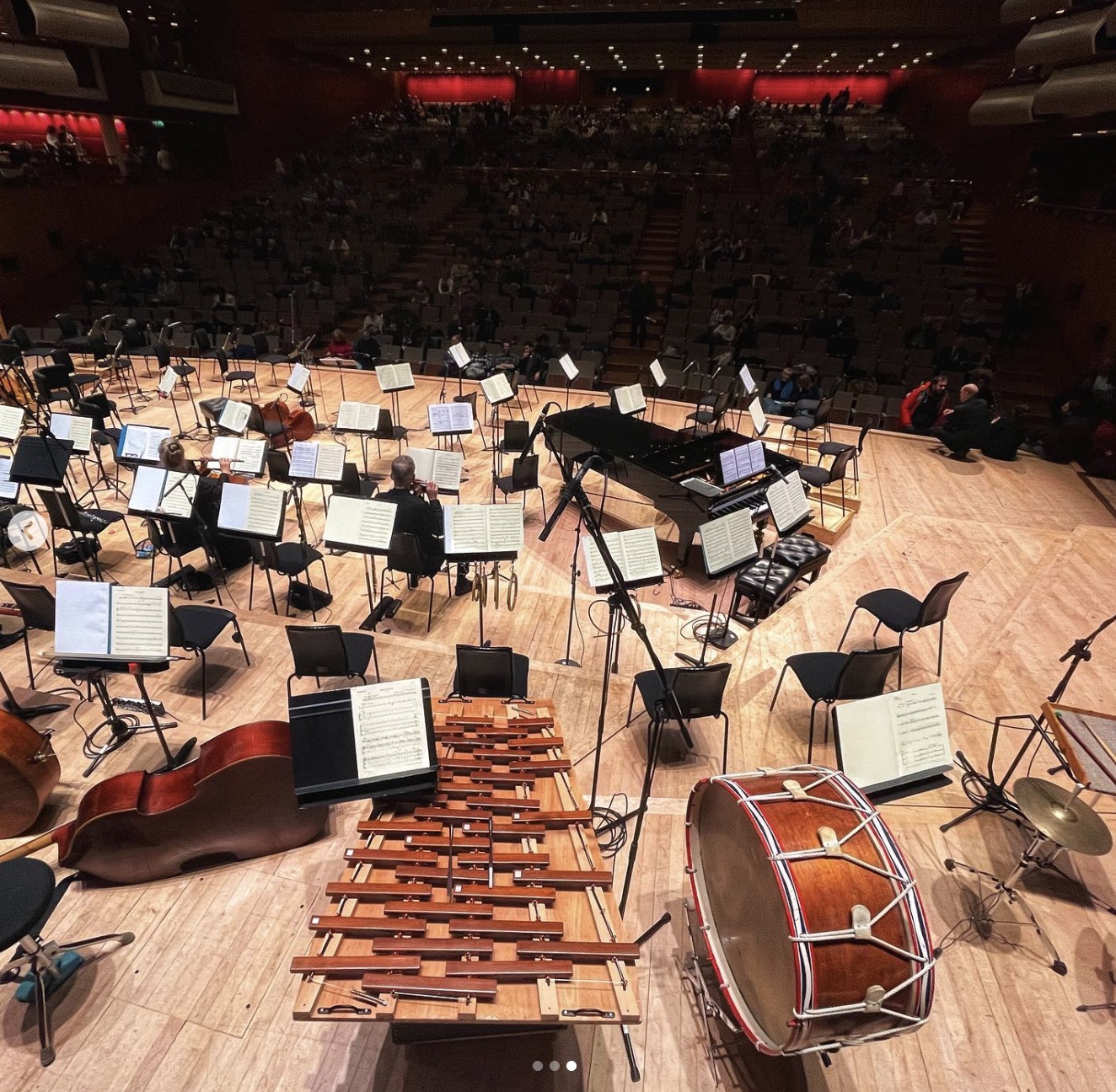
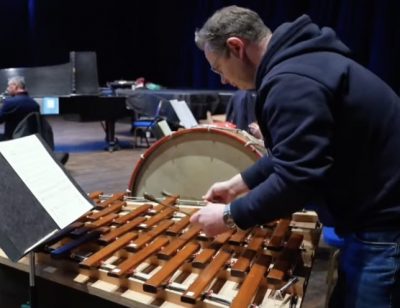
Matt Dickinson in rehearsal at Blackheath.
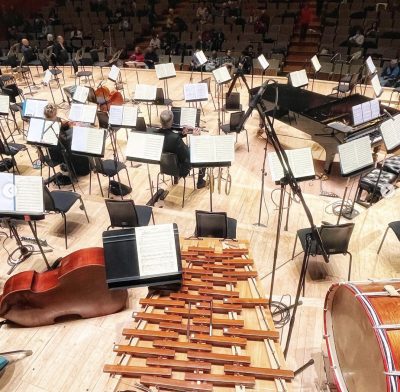
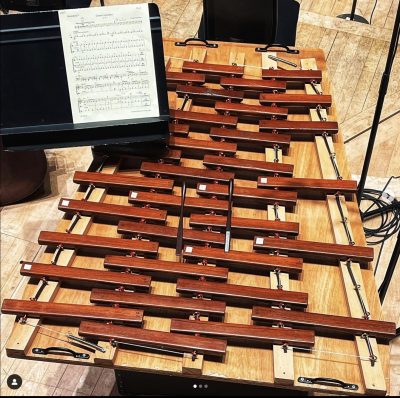

with timpanists Florie Fazio and Tom Hunter who joined us for ‘Phaeton’.
Cosi fan Tutte – the Act II Finale…
I set this excerpt as a very good test of tuning. Yes the re-tuning must be done quickly but, with a bit of knowledge of the music, it is perfectly possible as there are some very helpful pointers along the way. Of course, using your own instruments or ones you have practised on is vastly preferable, but this method, for this excerpt, is completely un-reliant on knowing the drums. This is why I set it for exams and auditions. You can practise it all you like, but you can only do it on the day, if you can hear the notes and tune them. Obviously it is harder on hand-tuned timpani. But even on pedal drums, it still tests quick and accurate tuning using pitches from the orchestra. So it is a very fair and revealing test of someone’s ability to tune.
Some general tips:
1 When you are doing a quick re-tune, my motto is to get pretty close to the new note, very quickly. You don’t want to be going round the drum making small adjustments over and over again. This wastes time and increases the chances of putting the drum out of tune with itself.
2 Decide that you are only going to tune one drum at a time. Get the first one right. Don’t panic and don’t move on to the second drum too quickly.
3 Always always always have a few reference points of pitch in the orchestra during an excerpt like this. It is disastrous if you re-tune both drums incorrectly but then cannot identify the correct note for either of them!
4 If you are doing an exam or audition on strange drums, use your warm up time to work out how much you have to turn the taps for a given tuning. For example, know that on the top drum, tuning up a tone requires a quarter turn.
5 When tuning upwards, it is vastly preferable not to tune too sharp and then have to tune down again. This takes time and the sound quality of the new note is worse.
With this excerpt, it is vital to be calm and clear how you are going to tackle the tuning. Immediately you stop playing the section in C (bar 36), put down both your sticks and clear your head – you aren’t going to tune anything for four bars. I suggest tuning the B flat first. Yes it might be strange to tune the dominant first but here’s why; In bar 40, the music changes into the key of F, a perfect key for finding your B flat. Use the F and the sympathetic resonance to find the B flat. Looking at the music above, tune only the B flat in the bars that are in red.
Now, when you have your B flat, you may as well check it against the C you still have. When the music goes back into C (the blue section beginning at bar 51) it is relatively easy to sing (in your head) an E flat – a minor third above the key note. You can keep tweaking the E flat until the very last minute. Take one, not two, sticks and hold the tap nearest to you. At the instant you strike that first E flat you can bend the note to be in tune. You only have one B flat in this opening phrase and so it is far less important than the clearly audible E flat.

We’re very excited to announce that our new book Purcell Percussion Project is now available from Southern Percussion

From our earliest ideas while working together at the Royal College of Music to recently completing this book and recording the promotional videos it’s always a huge pleasure to collaborate with one of Britain’s most exciting young timpanists Louise Goodwin.
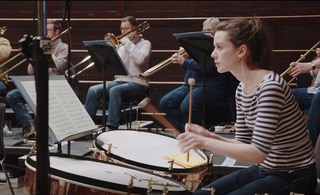
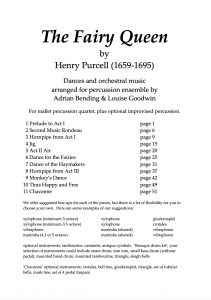
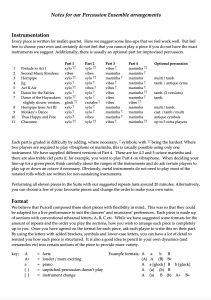
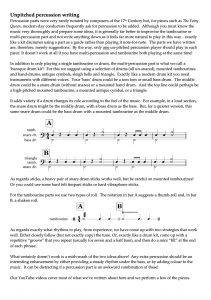
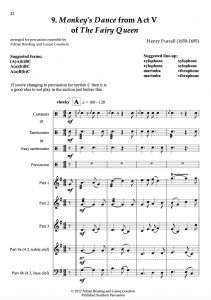
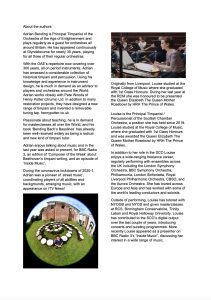
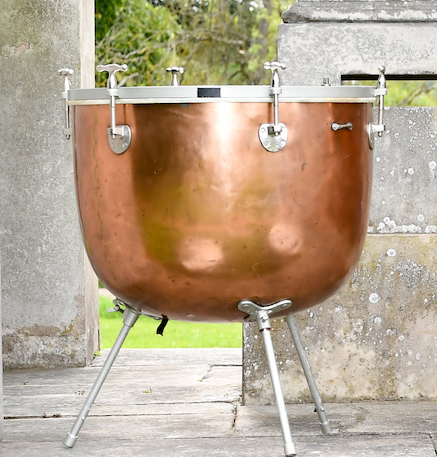
These timpani were popular in Britain at the start of the 20th century. Here is a photo of Elgar conducting the London Symphony Orchestra at the Queen’s Hall in 1911 just a year before their famous ground-breaking trip to New York. The timpani in the photo appear to be very similar indeed to my Hawkes drums.
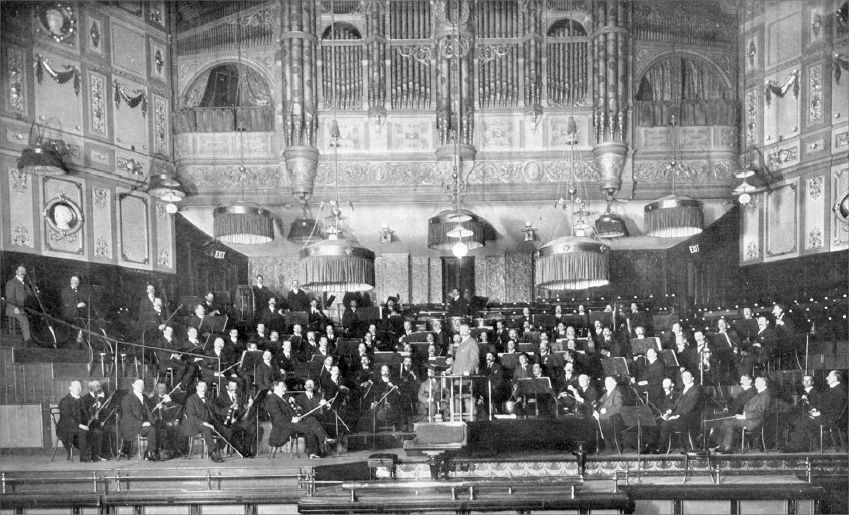
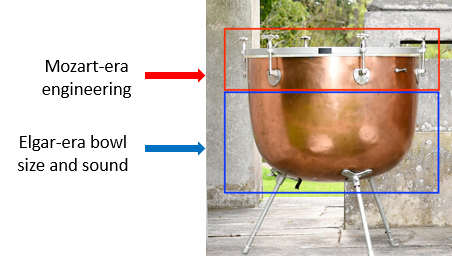
These drums are hybrids. Although smoother and slicker the tuning system uses essentially the same engineering as in Mozart’s time.

Hawkes early 20th Century timpani
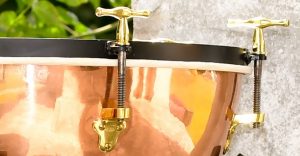
Potters cavalry timpani
But surely what matters is what the drums sound like? The major difference is that the bowls have been made deeper to increase the decay and maximum volume. Also permanent built-in legs have been added.
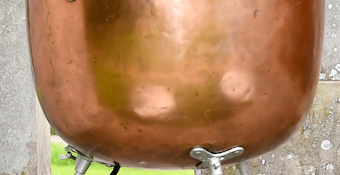
Hawkes early 20th Century timpani

Potters cavalry timpani
Unfortunately the collars remain small as per earlier drums but due to the volume of the kettle thinner heads work well providing a purer, more modern sound with longer decay.
And so although orchestration and timpani techniques had advanced significantly in 200 years, Elgar was restricted in his options to write harmonically (as timpani parts were becoming by 1900) due to the primitive tuning system. In all his parts one can see where choices have had to be made where, for example, some notes were replaced by ‘less-than-ideal’ ones or left out altogether. Something that one cannot say about all composers; Elgar certainly understood the limitations of the instruments at his disposal and his writing is still dramatic but intelligent to work within these immovable limits.

Not just limited by the tuning system Elgar most often seems to write as if the player only has three drums. Although this is undoubtedly restricting there is one major and shrewd advantage in that writing for small, realistic forces means that your music is more likely to be played more often by amateur and youth orchestras.
The tuning changes in Elgar’s 1st Symphony are very similar in in speed and difficulty to the tricky quick changes Mozart writes in the Act II Finale of Cosi fan Tutte.
It is interesting to compare Elgar to what Richard Strauss was writing for timpani at the same time.
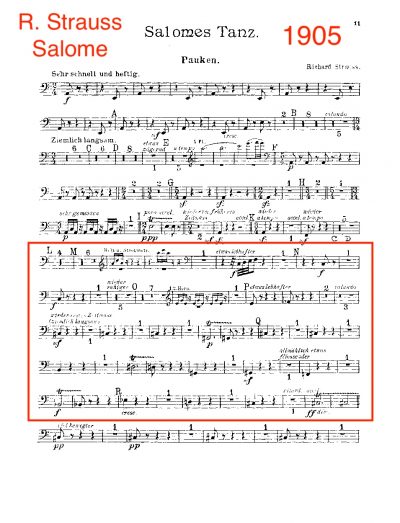
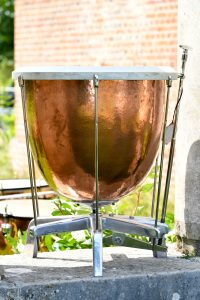 Probably inspired by the new fast-tuning single crank timpani, the writing in Strauss’ operas (including Salome, Der Rosenkavalier, Elektra and Die Frau ohne Schatten) was radical and ambitious, the proof of that being that they are today still amongst the most technically challenging parts we have to play.
Probably inspired by the new fast-tuning single crank timpani, the writing in Strauss’ operas (including Salome, Der Rosenkavalier, Elektra and Die Frau ohne Schatten) was radical and ambitious, the proof of that being that they are today still amongst the most technically challenging parts we have to play.
Utterly different to Elgar here the timpanist must find 12 different pitches in a section that lasts just a couple of minutes. And another huge difference to Elgar; Strauss must surely have been aware that through his enormous orchestration (including such unusual instruments as the heckelphone) and fiendish technical demands that many of his larger works would only be performed by the largest and most elite orchestras and opera companies.
So… are these deep English hand-tuned timpani any good? Well, some would quickly say no. In some ways they are the worst of both worlds, definitely possessing the most primitive tuning system of all the available types of large-bowl timpani ruling out their use for certain repertoire as we see above. Or to put it a completely different way; although the tuning system and relatively small collars suit earlier repertoire the bowls are far too big for smaller ensembles playing this music.
On the other hand, unless you are playing complicated tuning repertoire these timpani are perfectly good for most repertoire with a reasonably large orchestra. Compared to pedal or single-crank drums they are much more portable and robust and very much more affordable. With the use of small gels in the middle of the heads some excess decay can be taken away for smaller ensembles playing earlier repertoire and/or when playing in big acoustics. Due the need to match the resonance of the bowl with the resonance of the head (note; the small collar is ‘out of sync’ with this), this explains the need (as I said earlier) to use thin modern heads. And so while gels reduce decay and volume and clever stick choices can be made, deep drums with thin heads can never achieve a proper baroque or classical attack or sound.
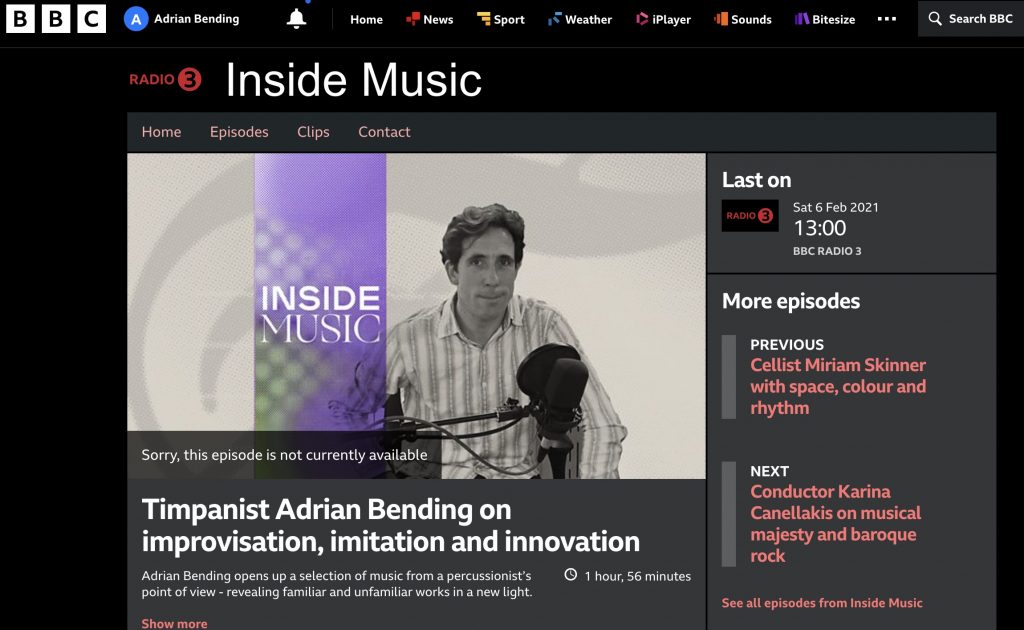
So enjoyable to be asked to devise two hours of radio and speak about some of my favourite music! Huge thanks to Drew Leckie and Sam Phillips for being so brilliant, making me at ease and ensuring it all went smoothly.
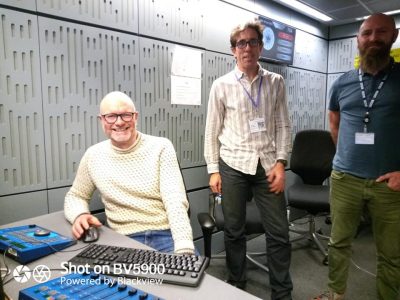
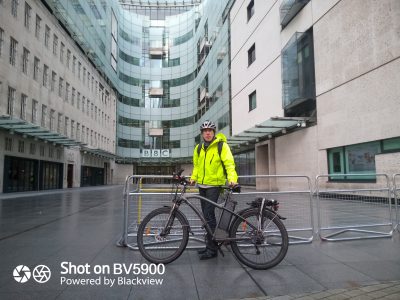
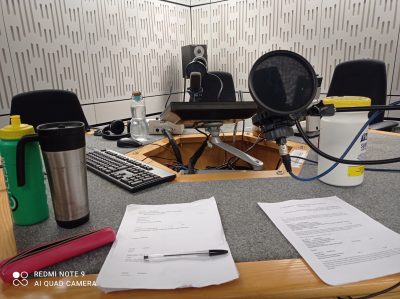


The Evolution of Timpani Part 1: Introducing the Baroque Timpani



You can hear them in this Gabrieli Consort and Players recording of Bach’s Easter Oratorio and Magnificat.

I only have one of these in working order but 2-3 more to renovate. While the mechanism is a clever invention it probably fell out of fashion due to being slightly fragile, and also rapidly superseded by pedal timpani.
Verdi Requiem (1886) OAE/Alsop BBC Proms 2016
Wagner Das Rheingold (1869) OAE/Rattle Baden Baden 2004